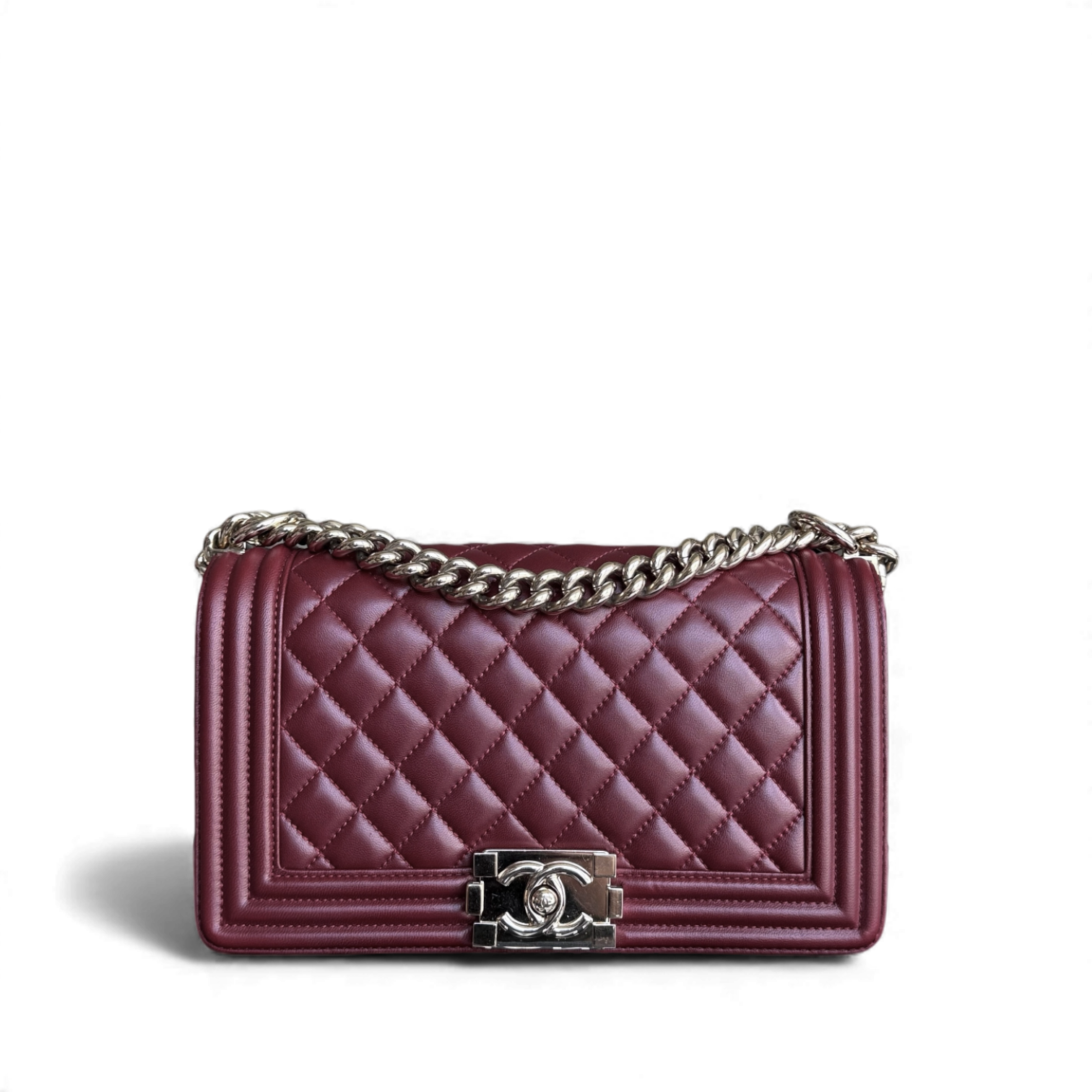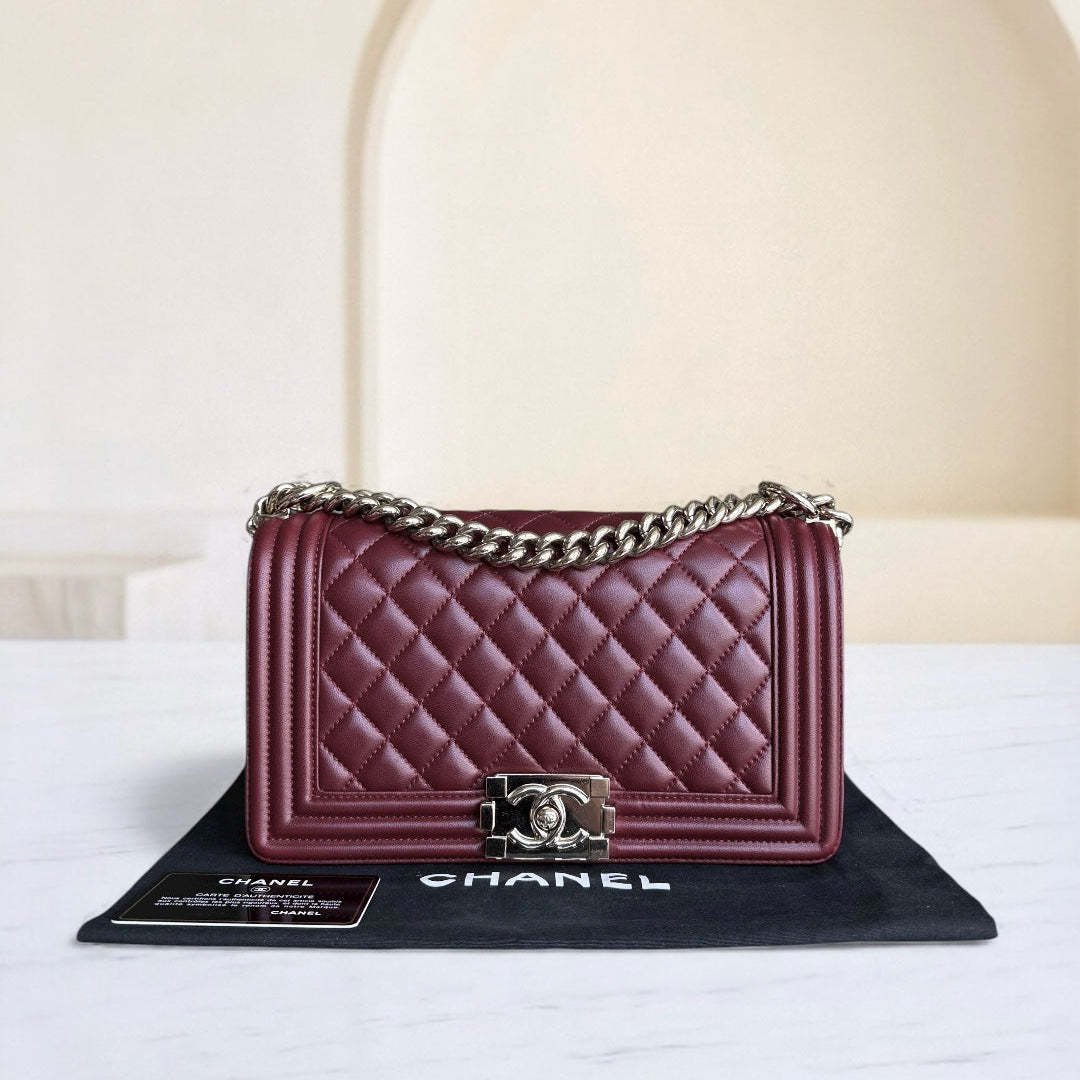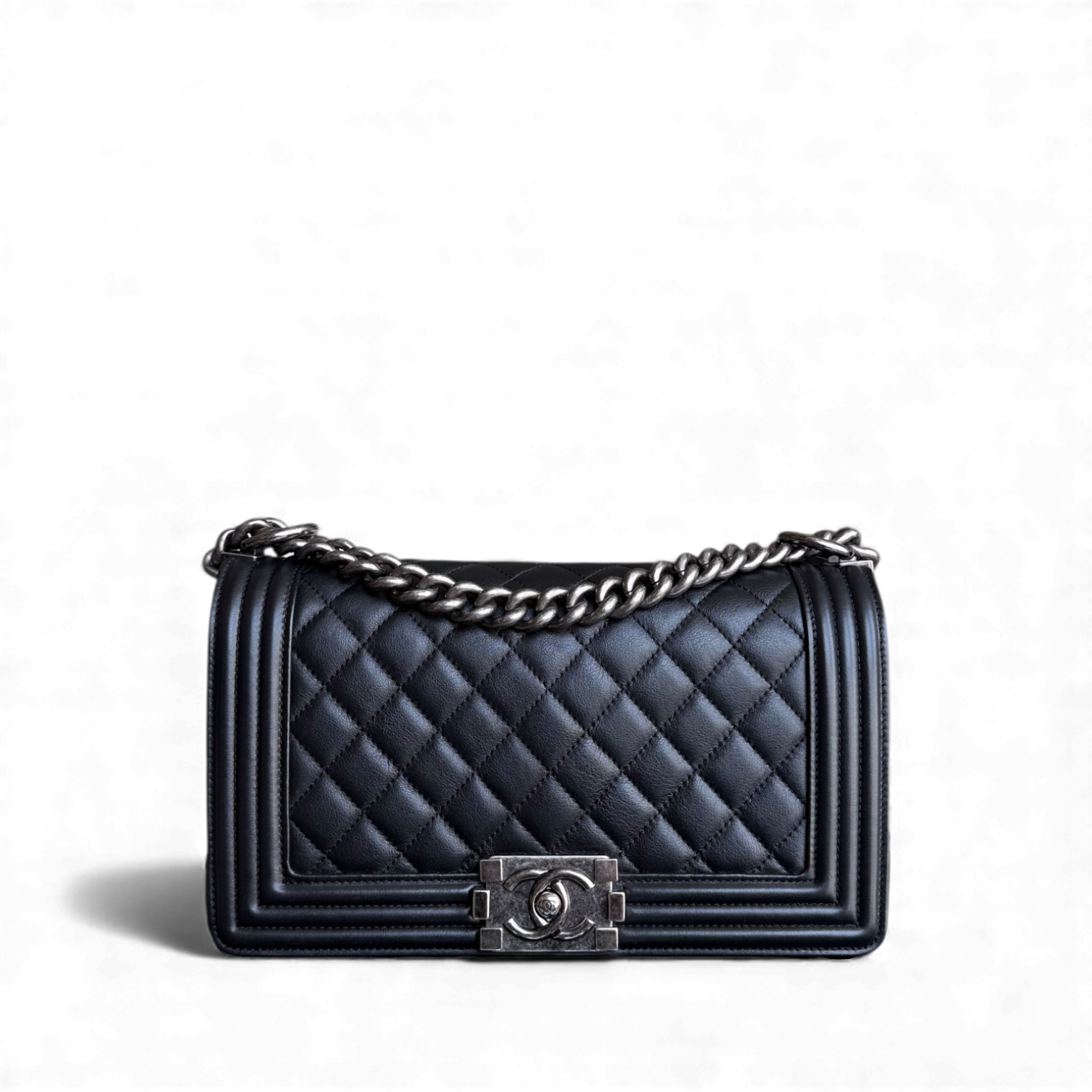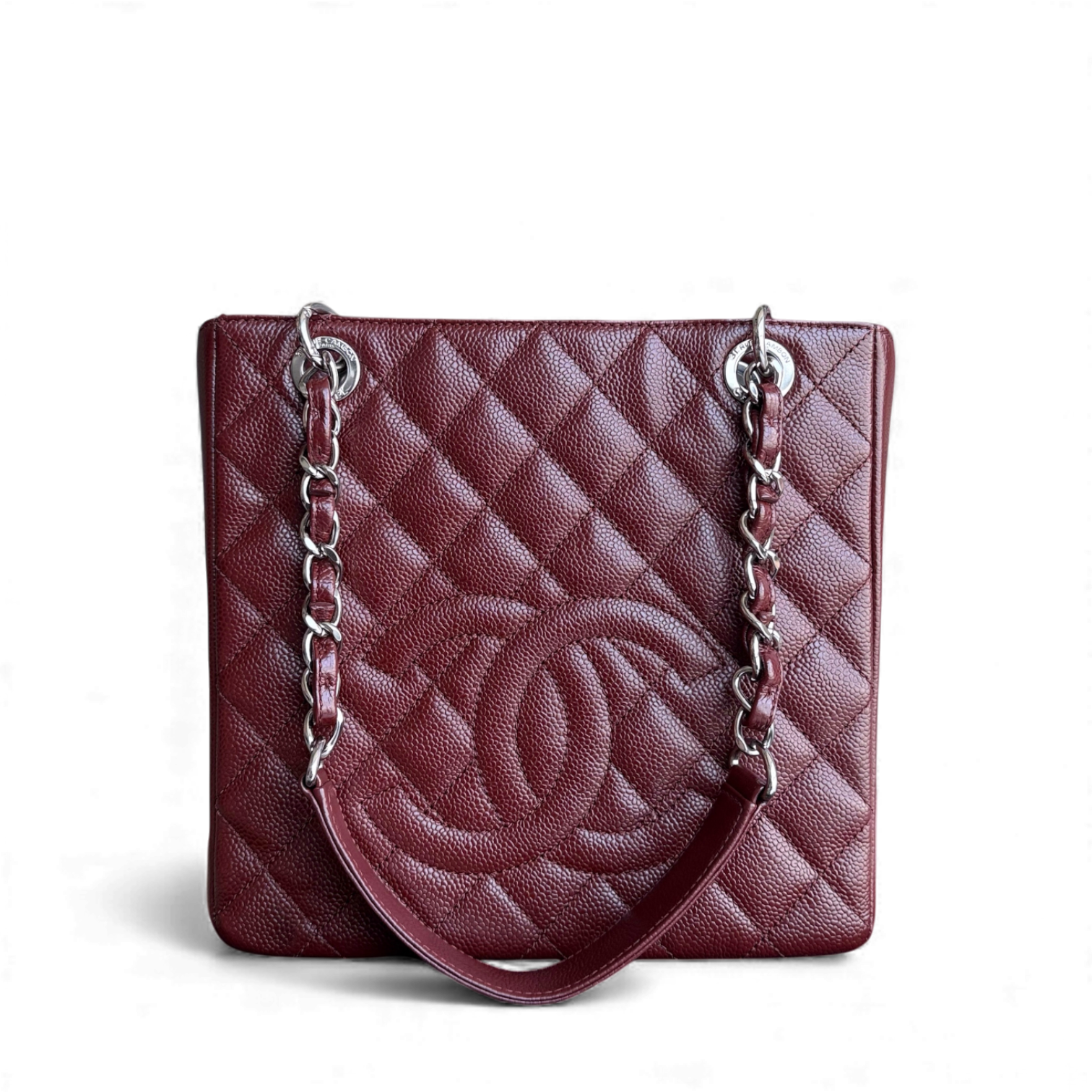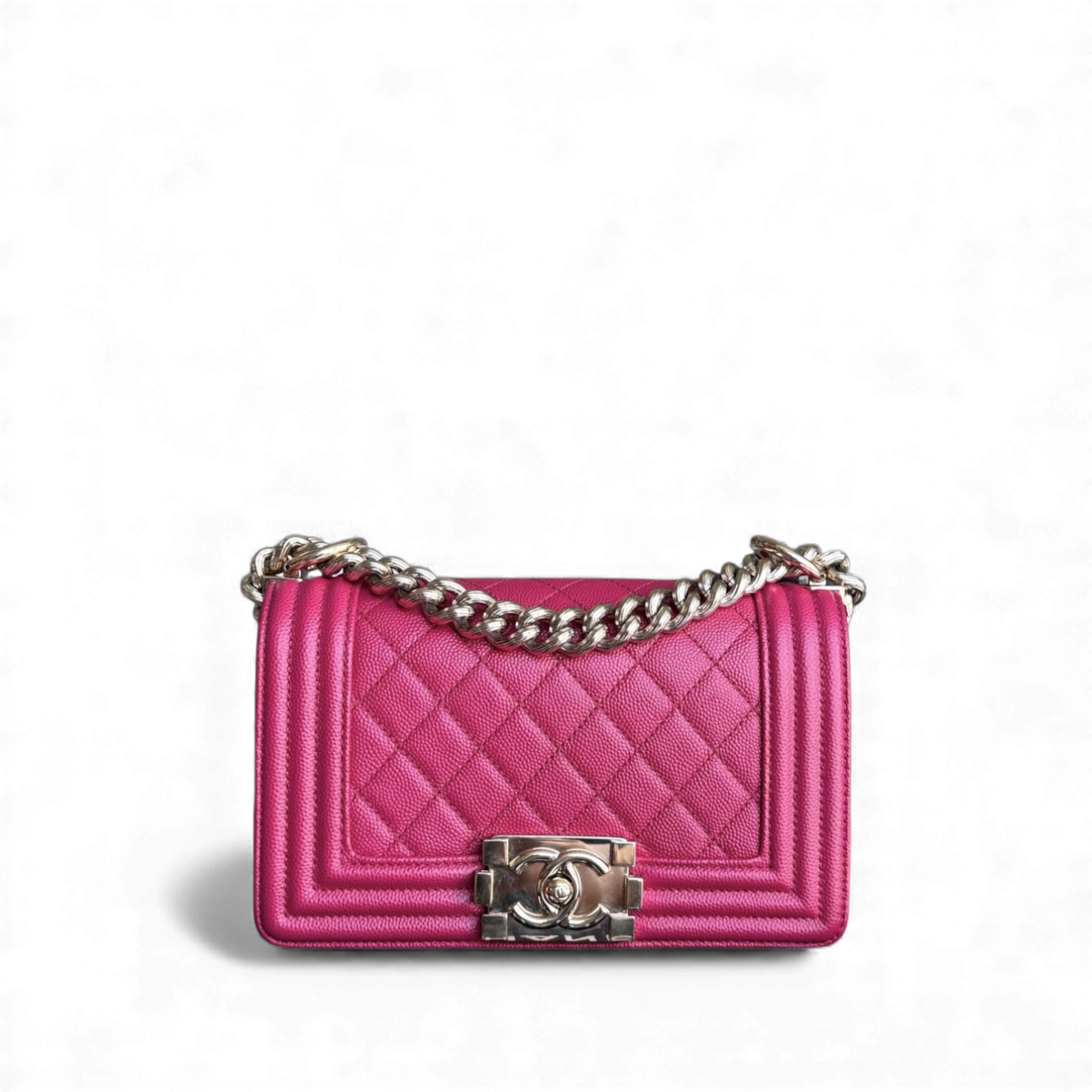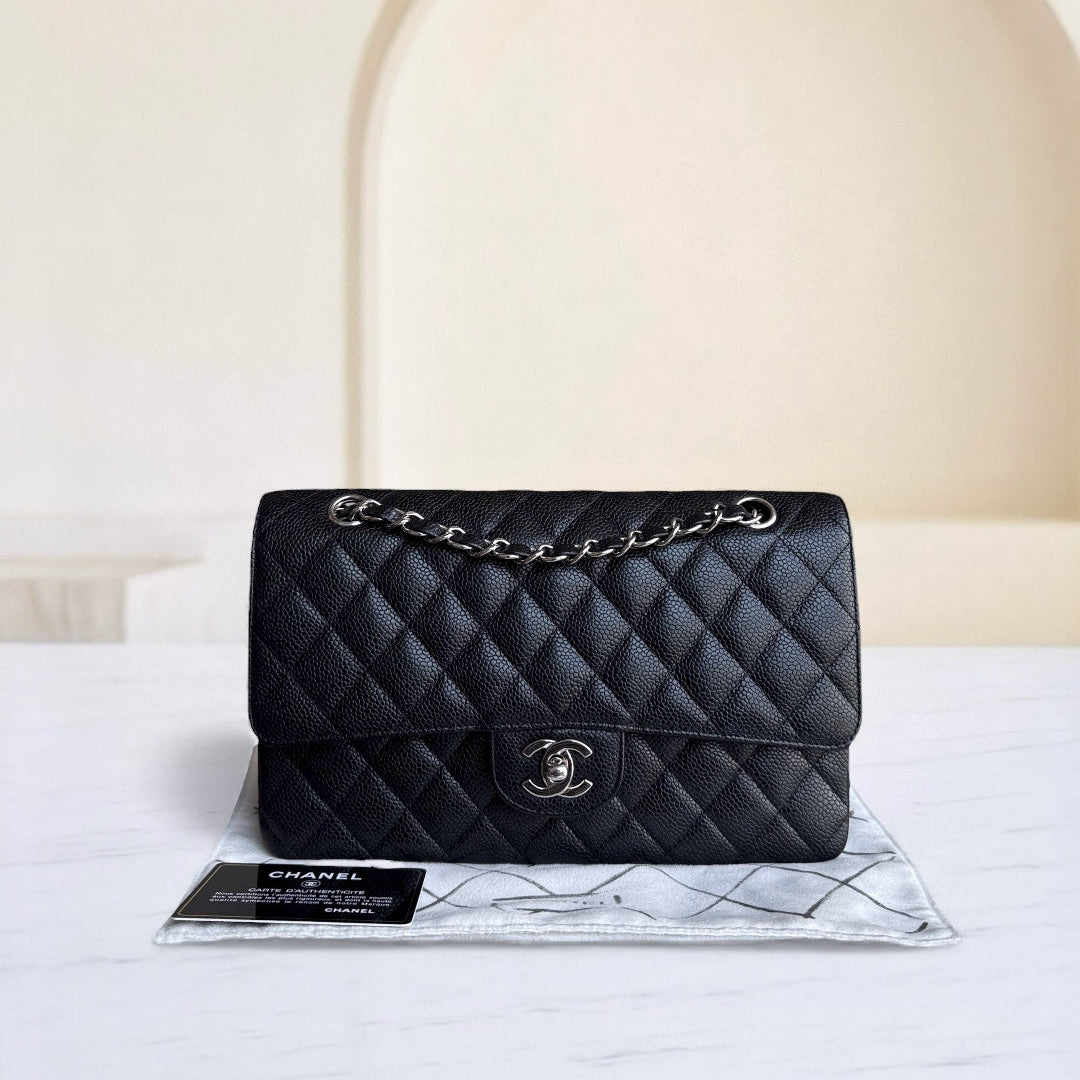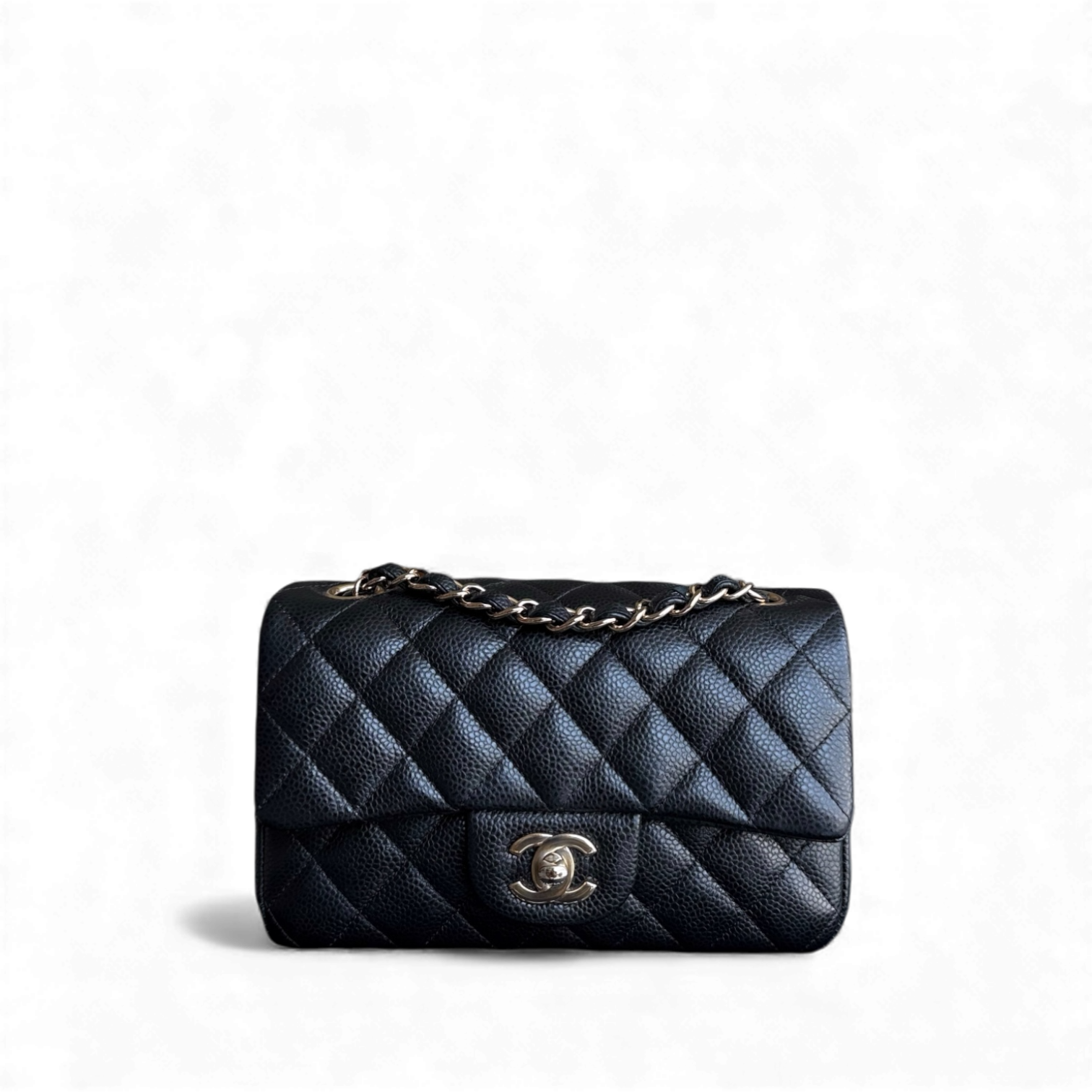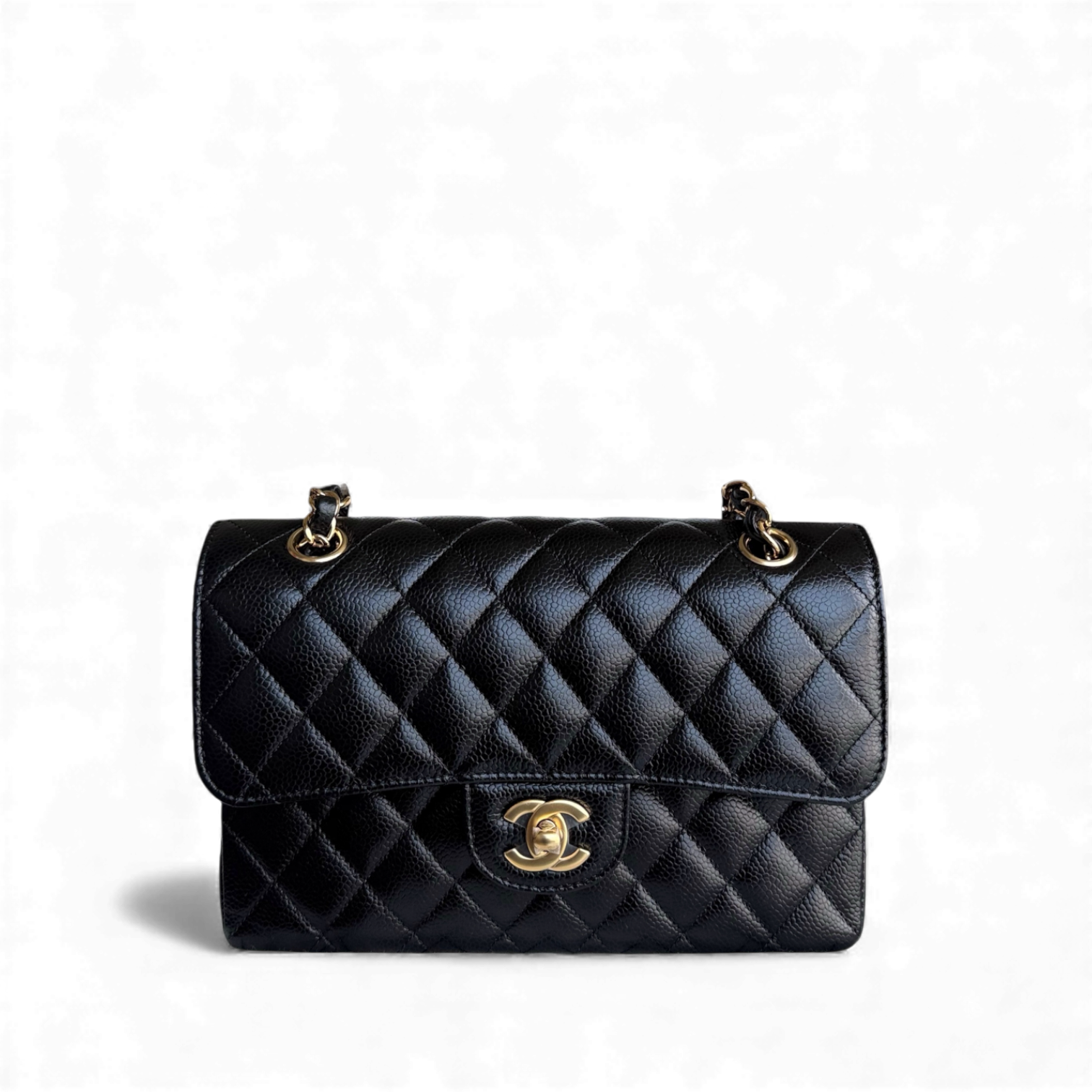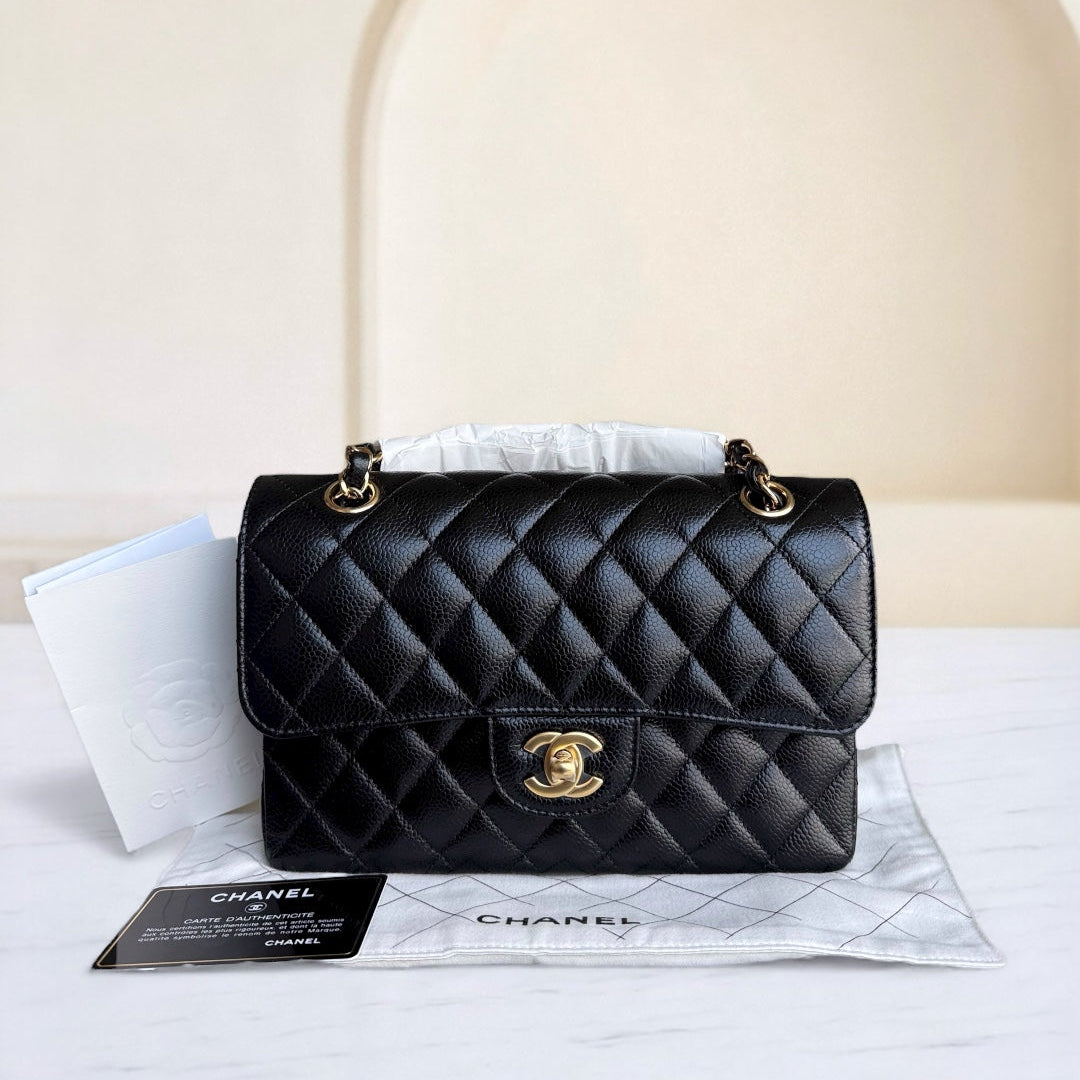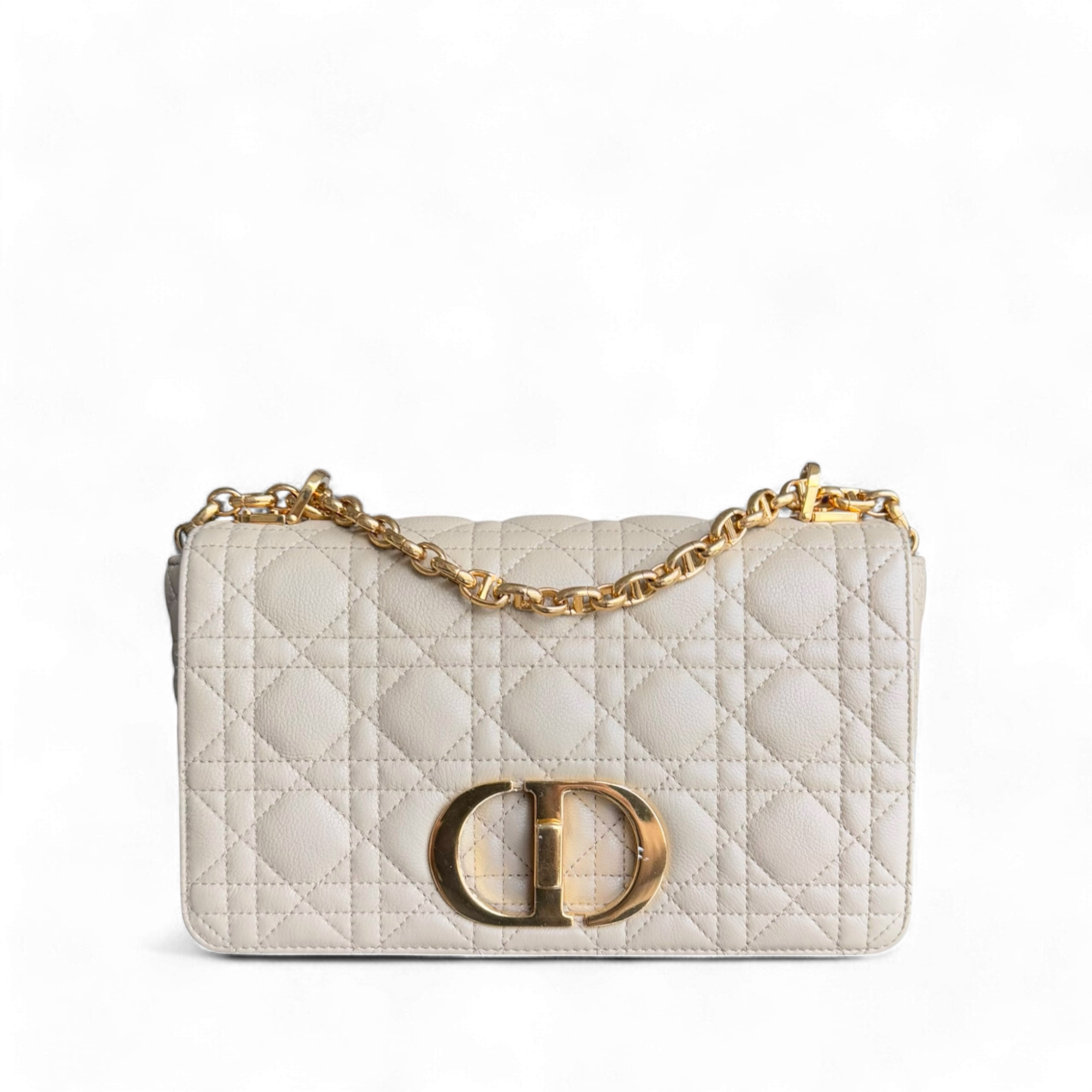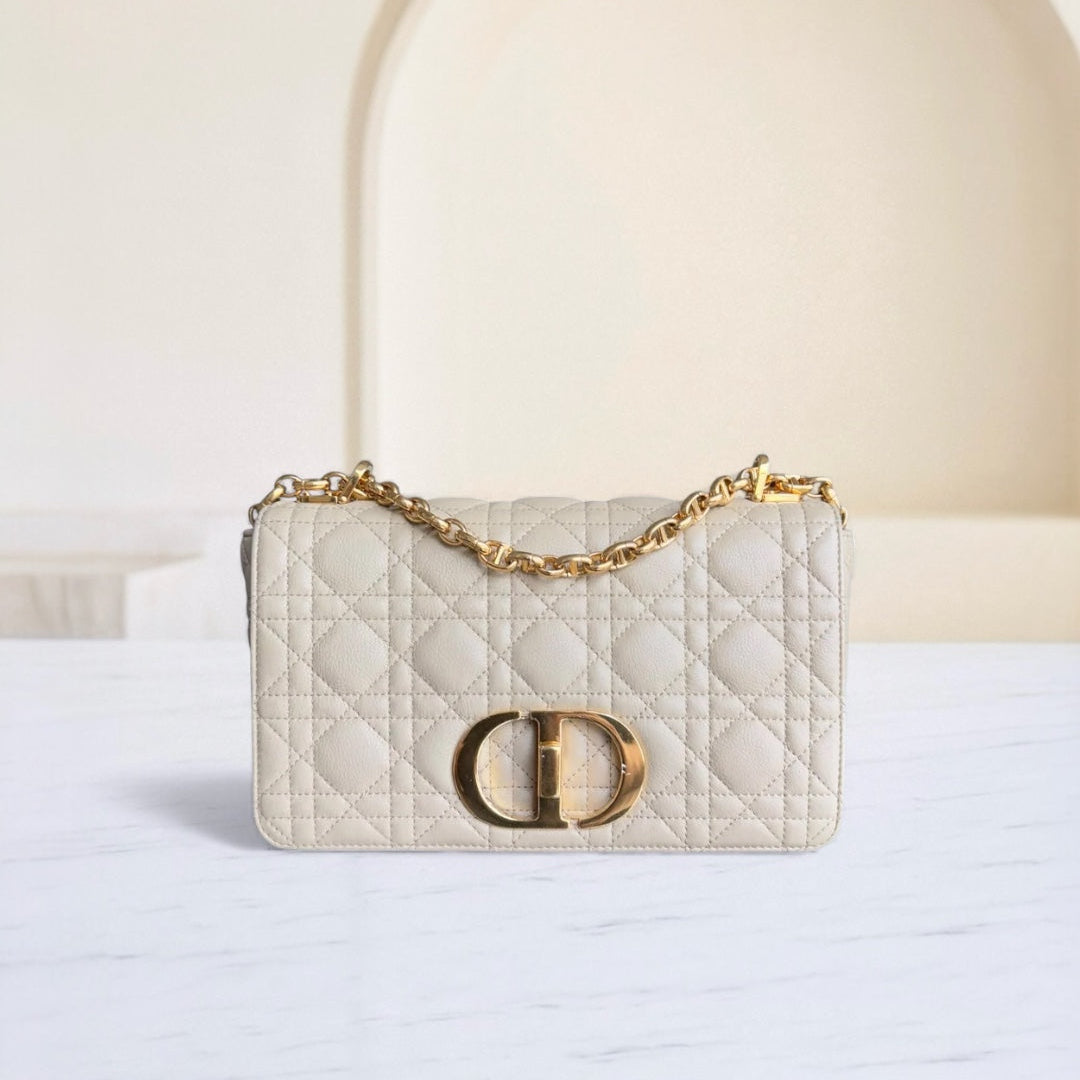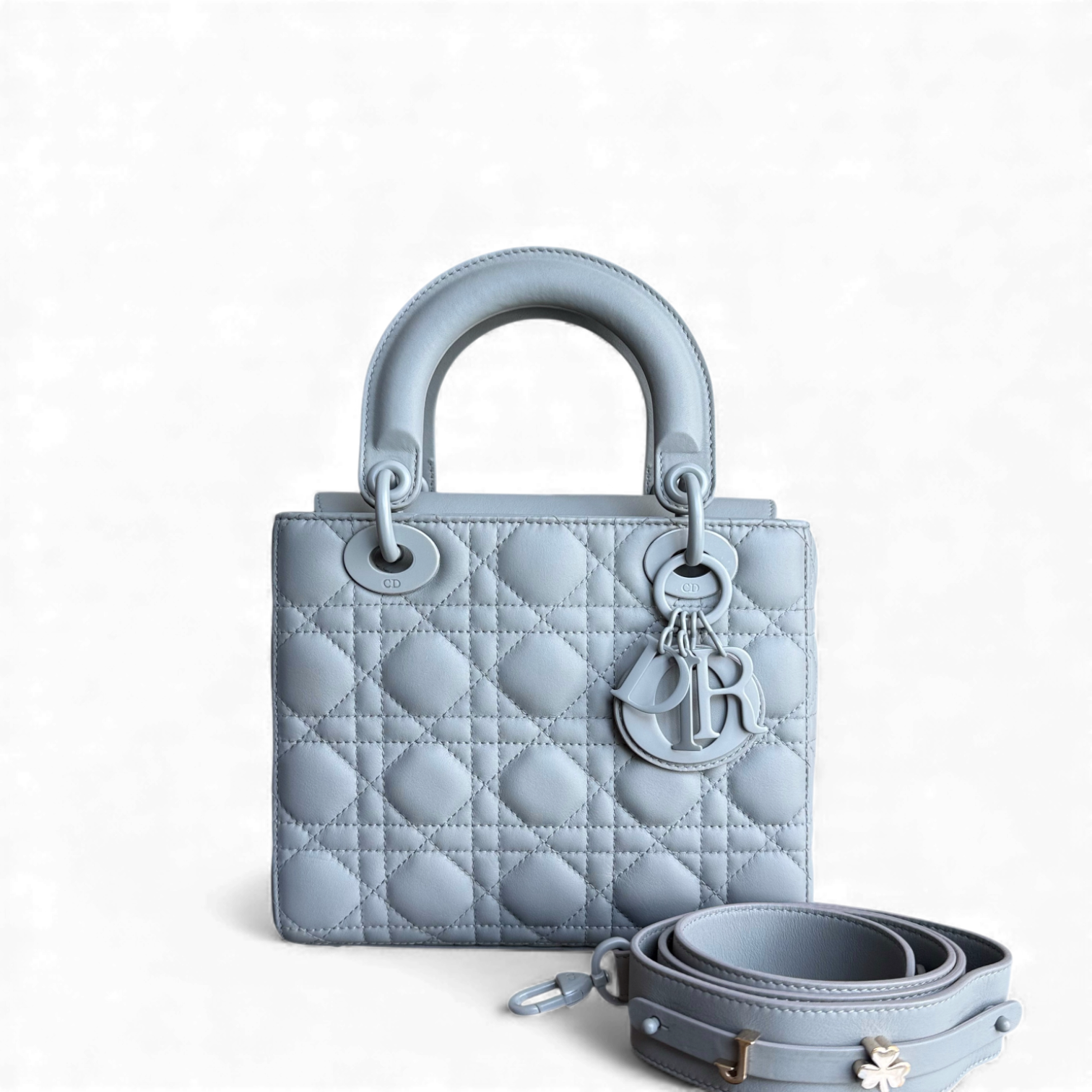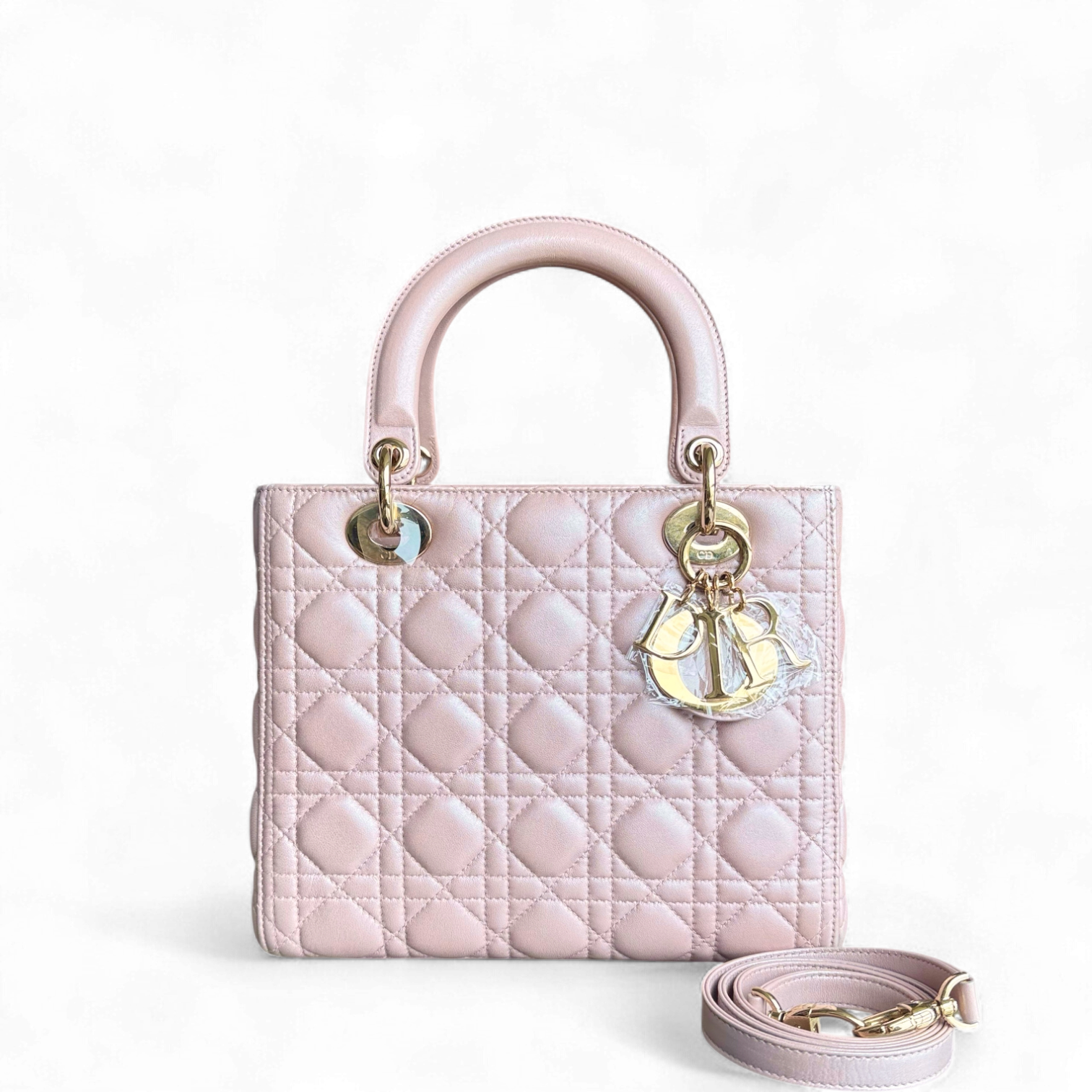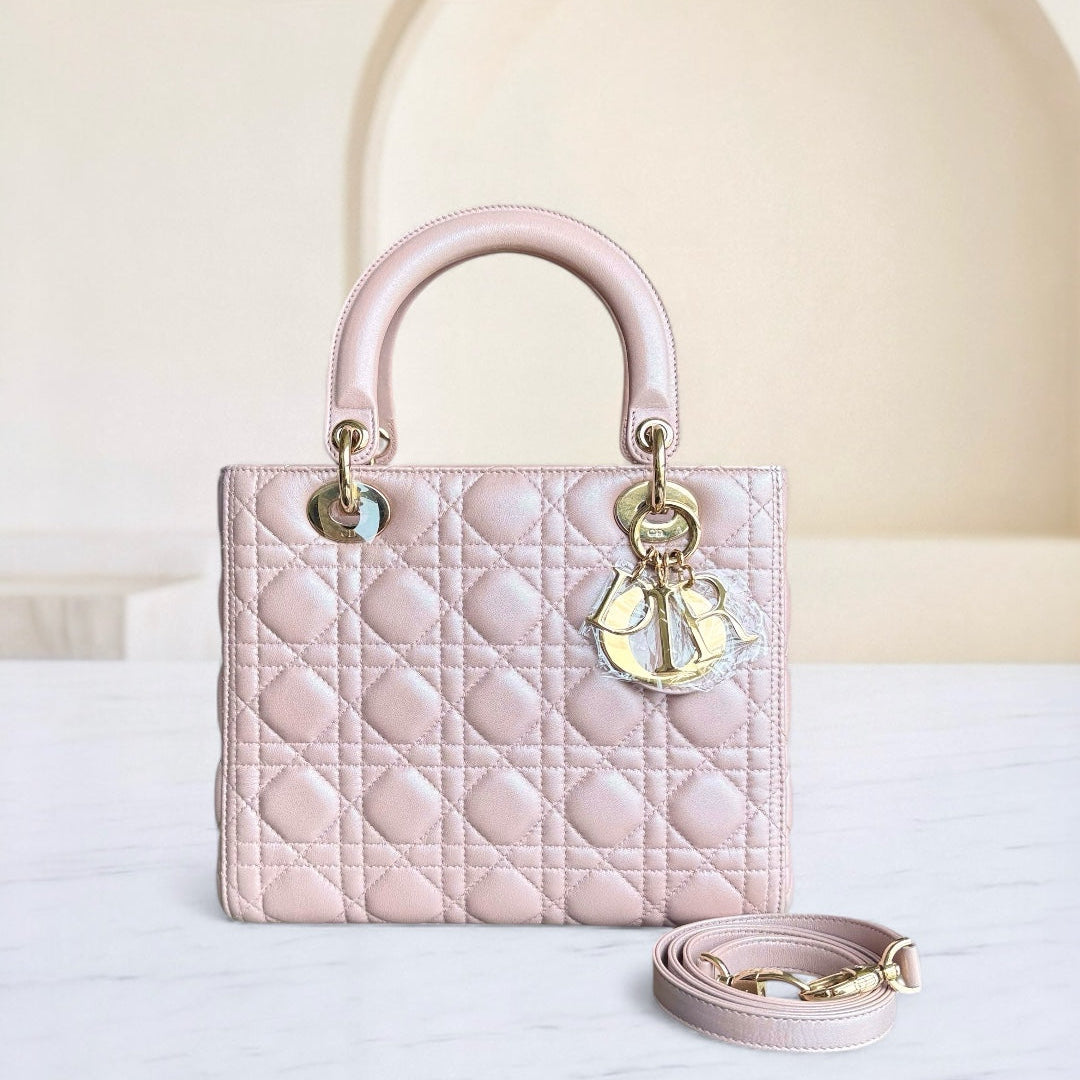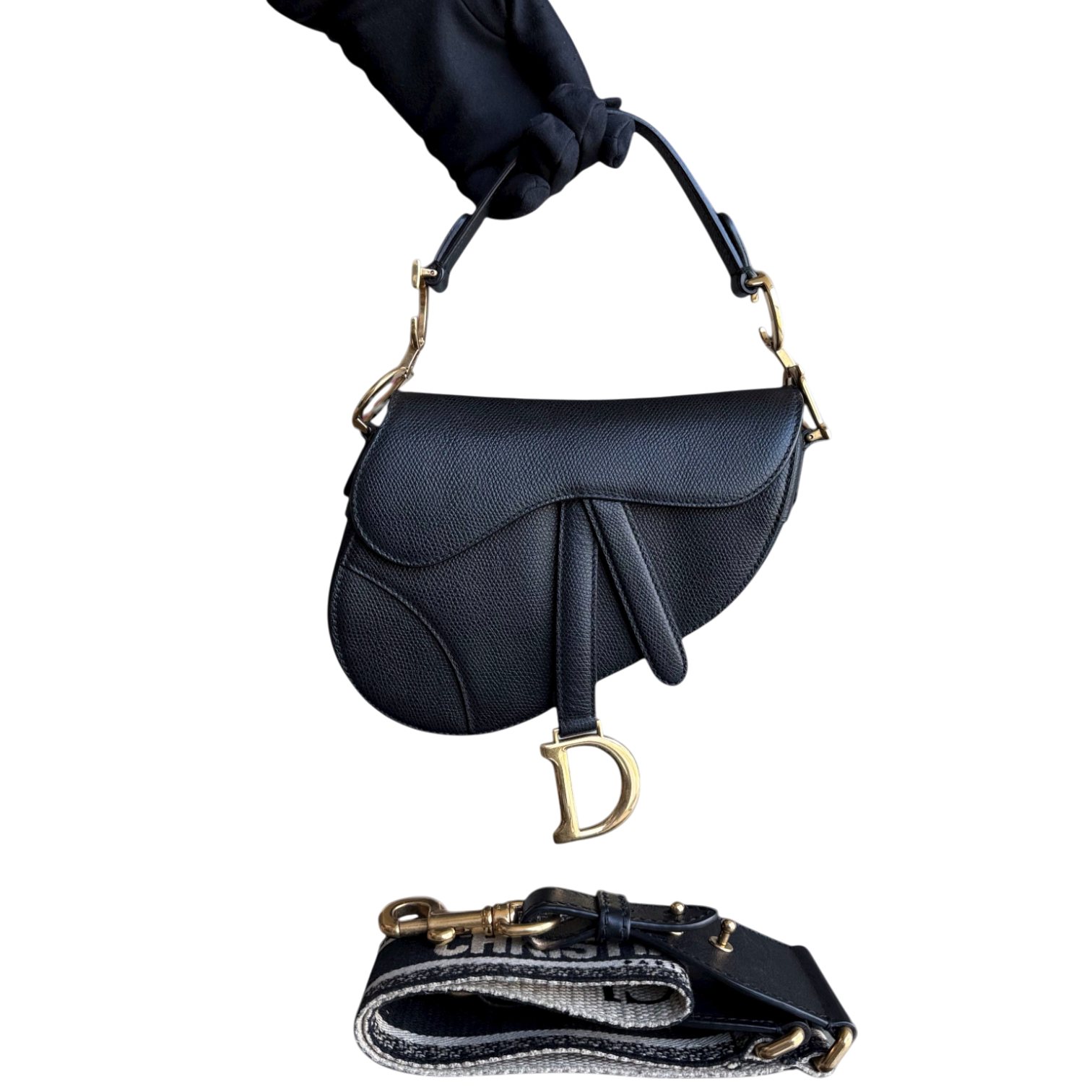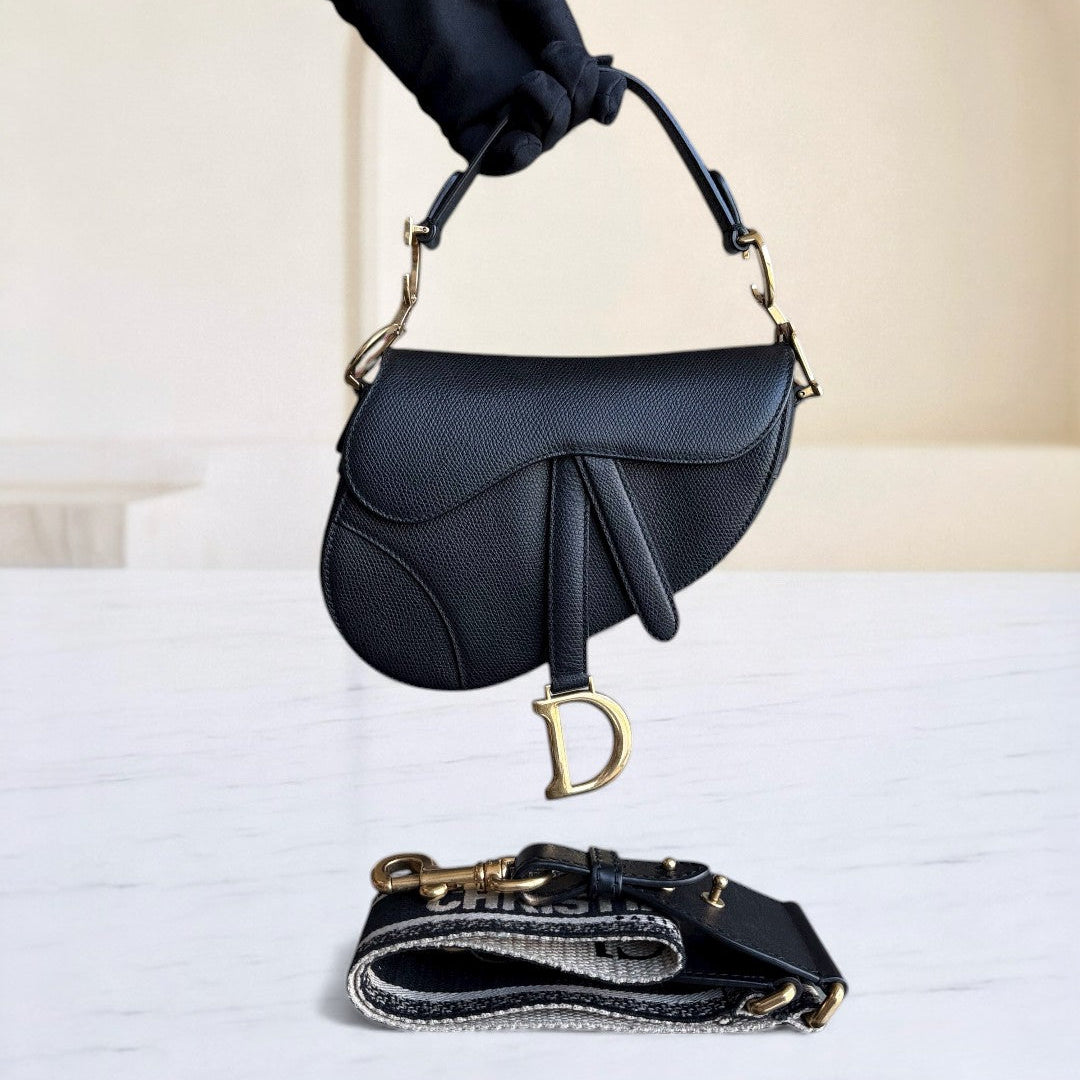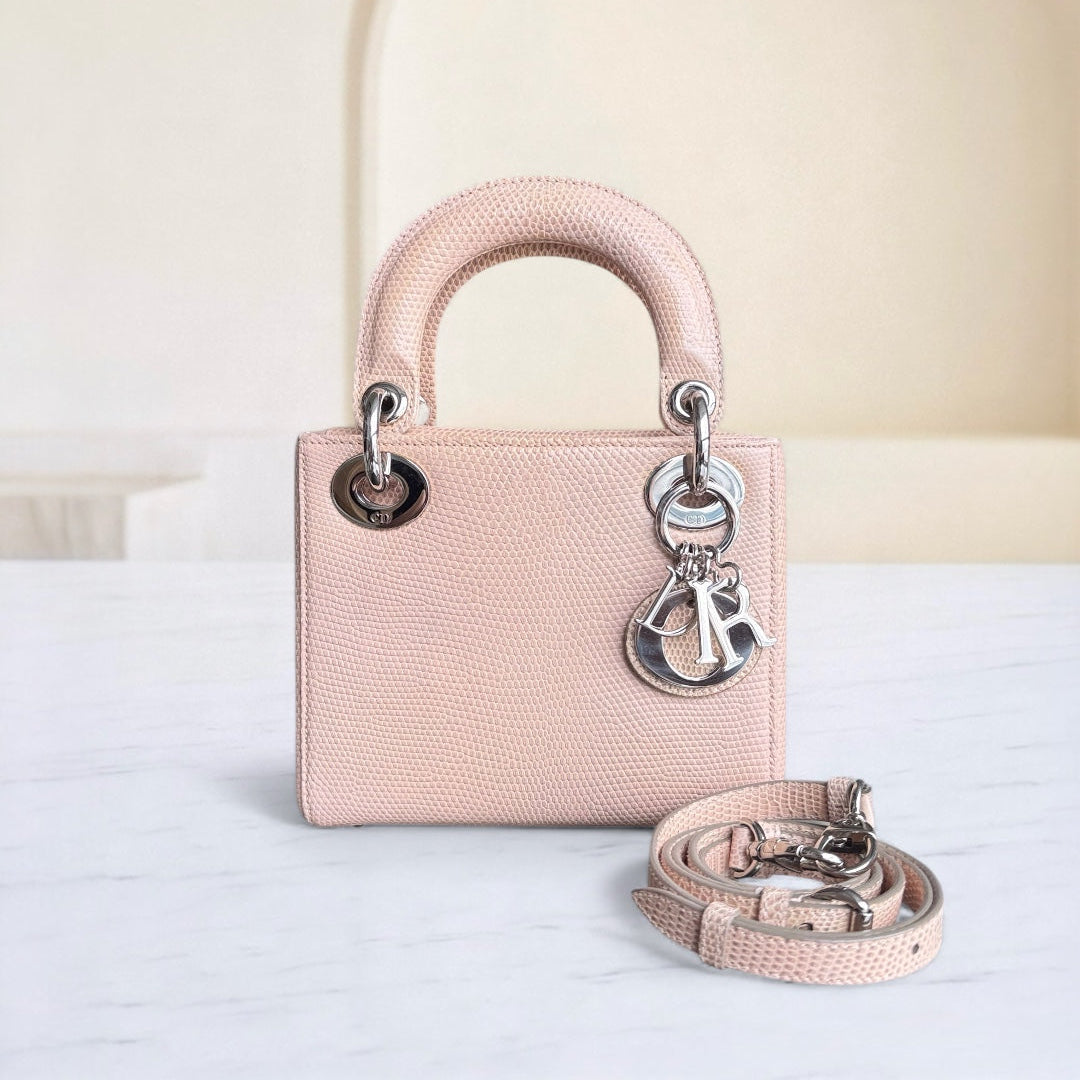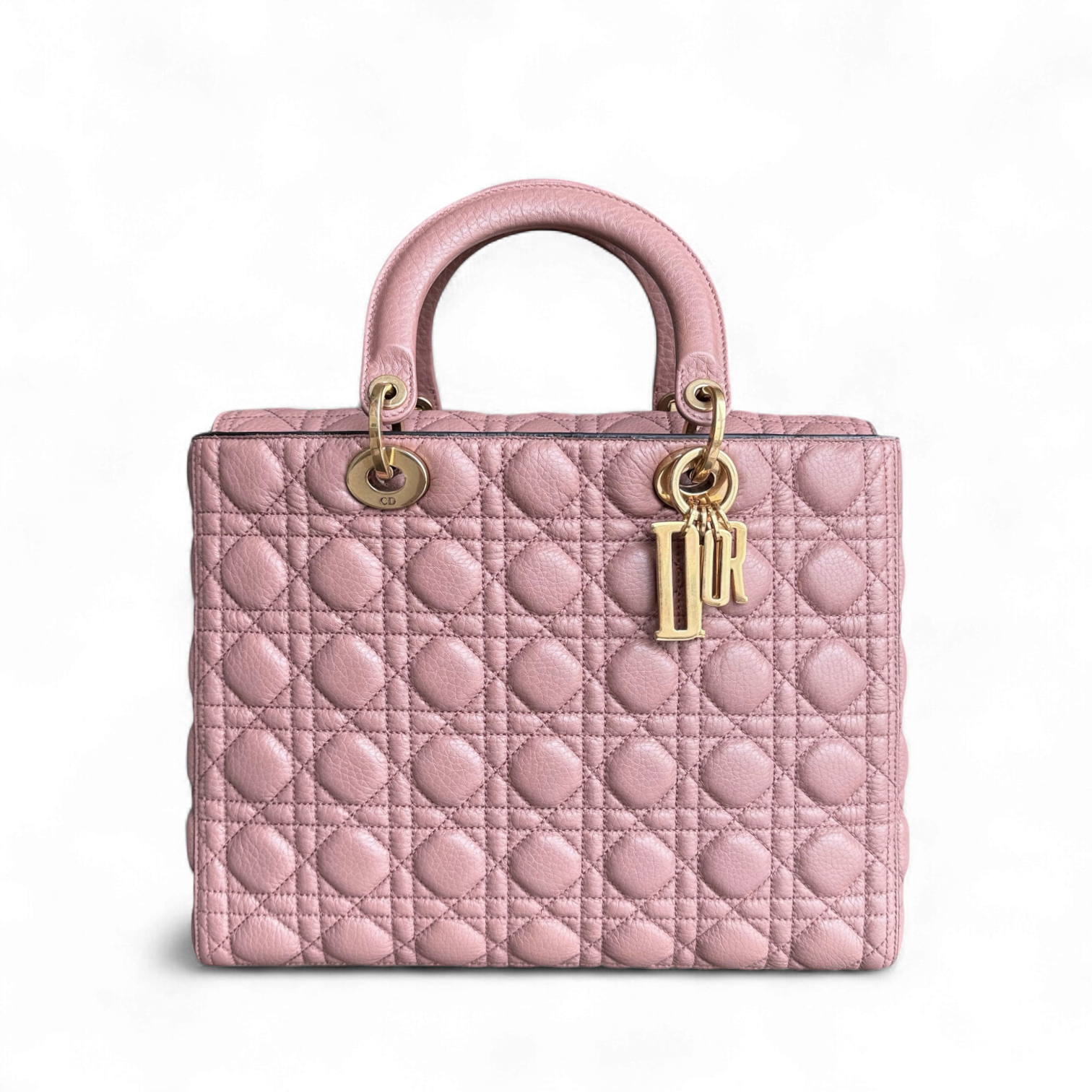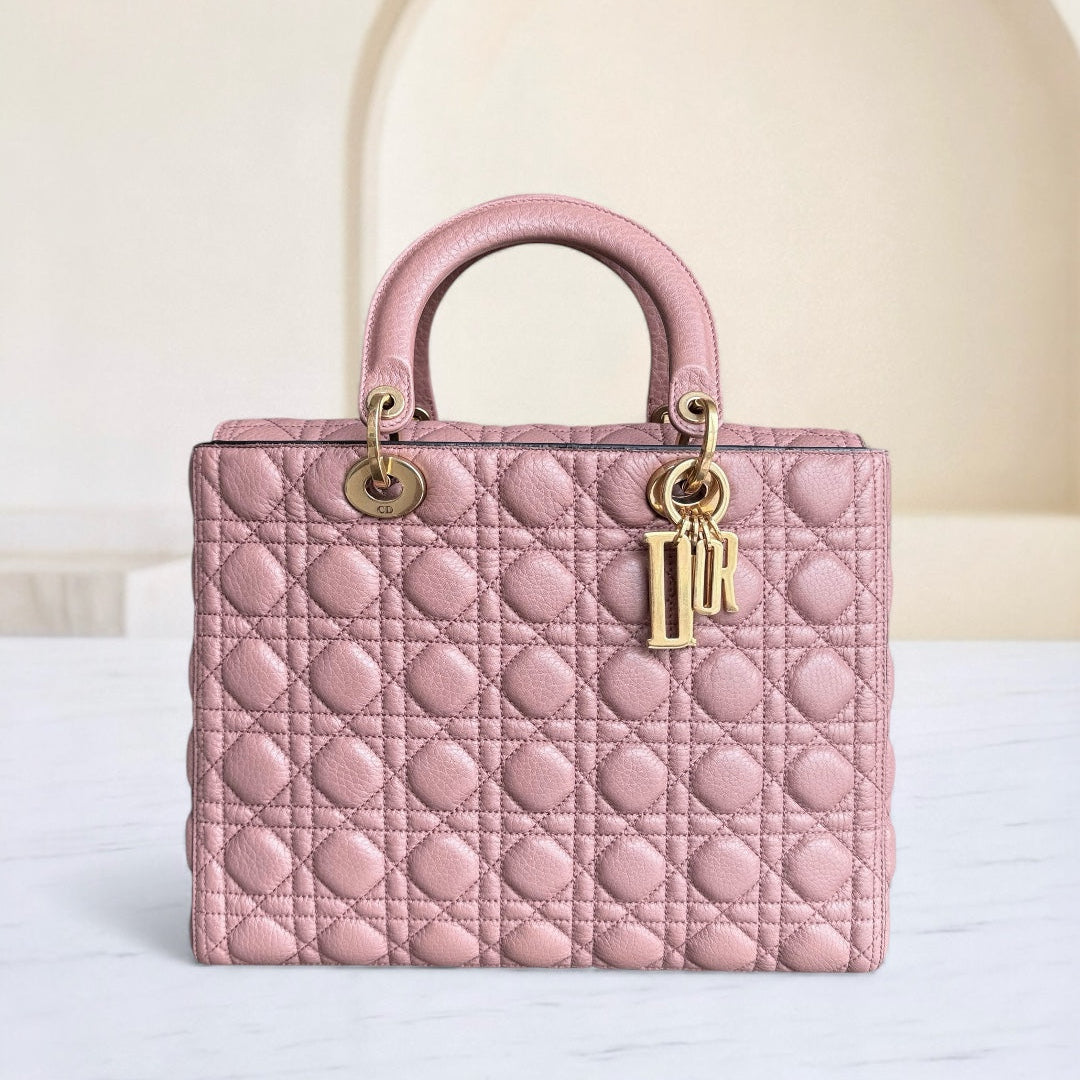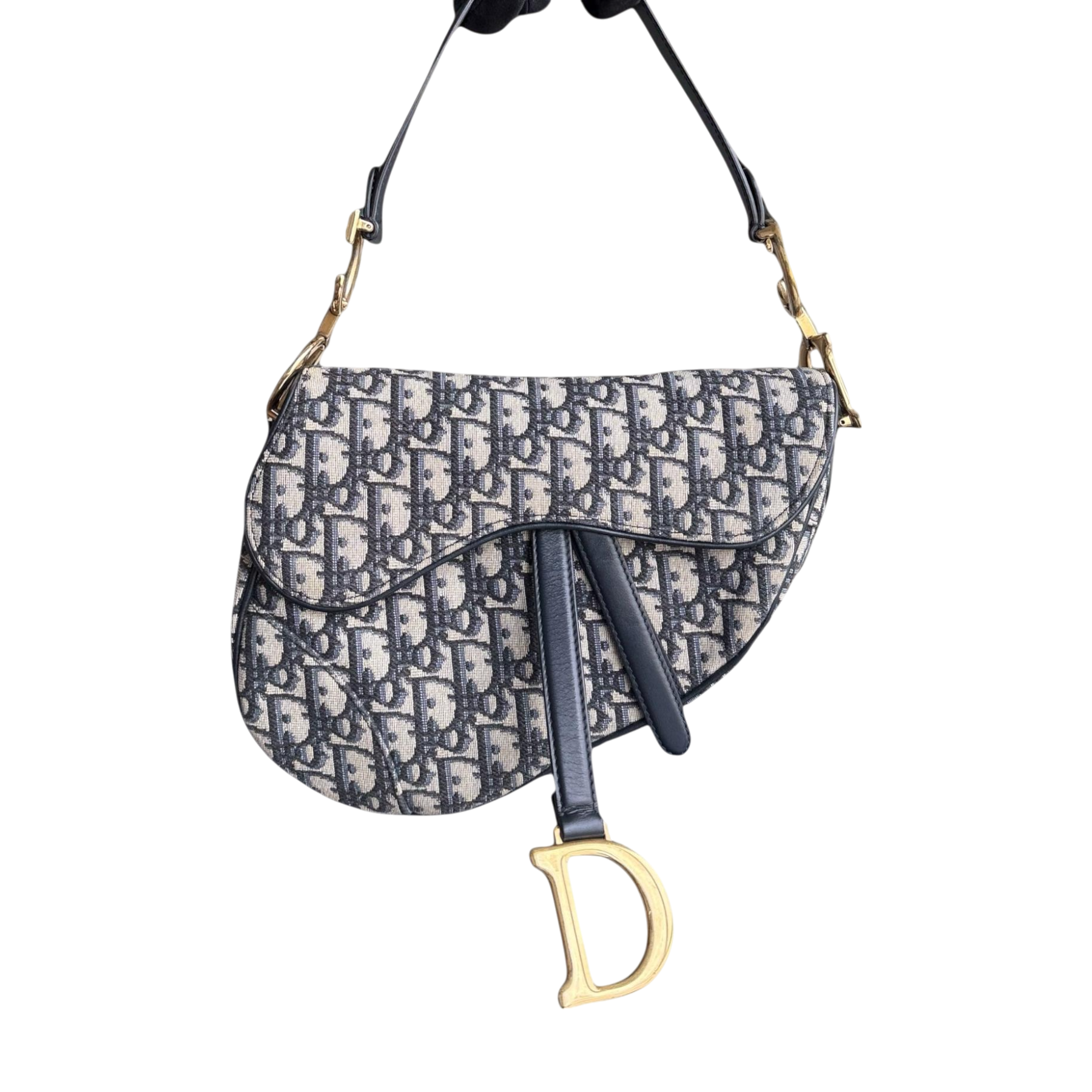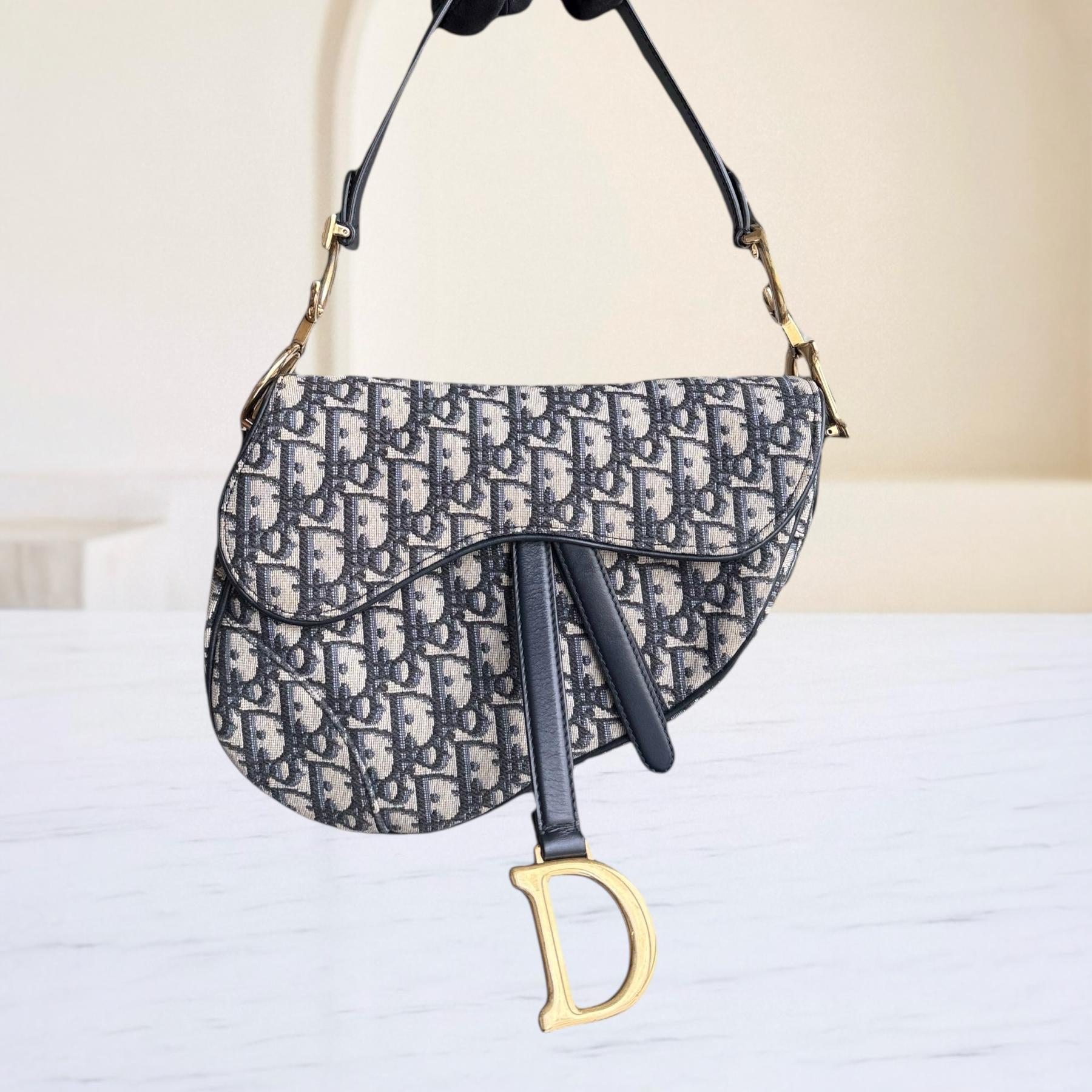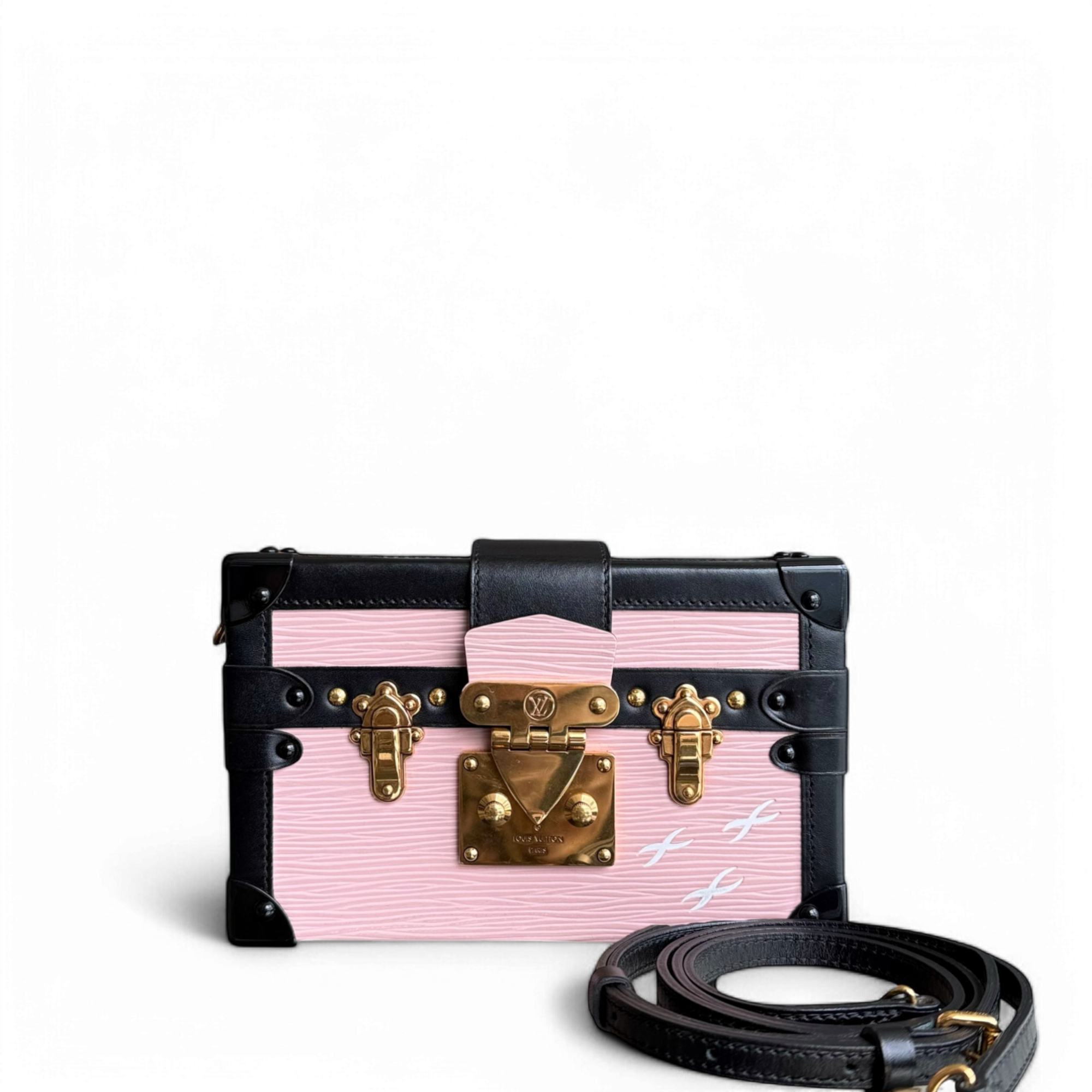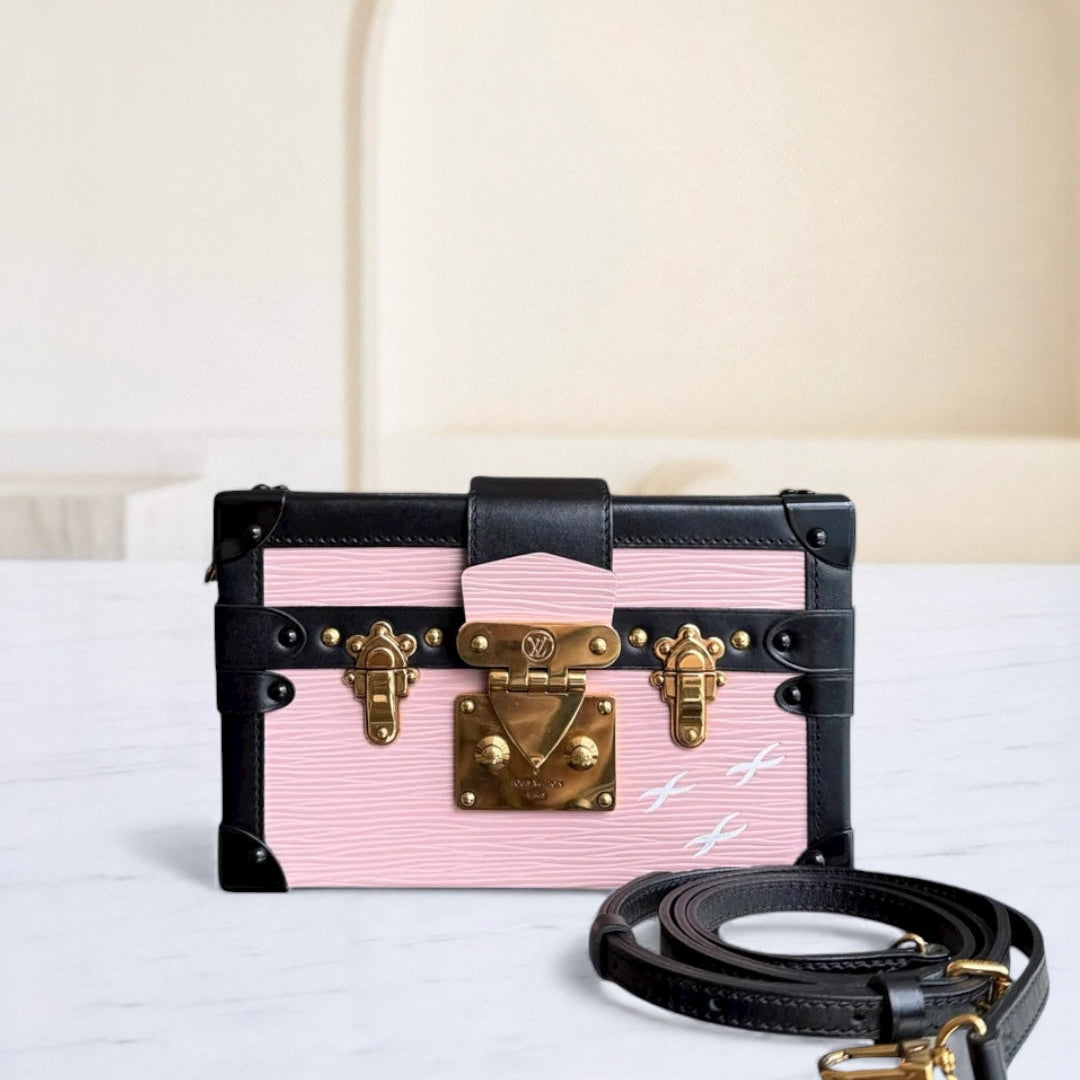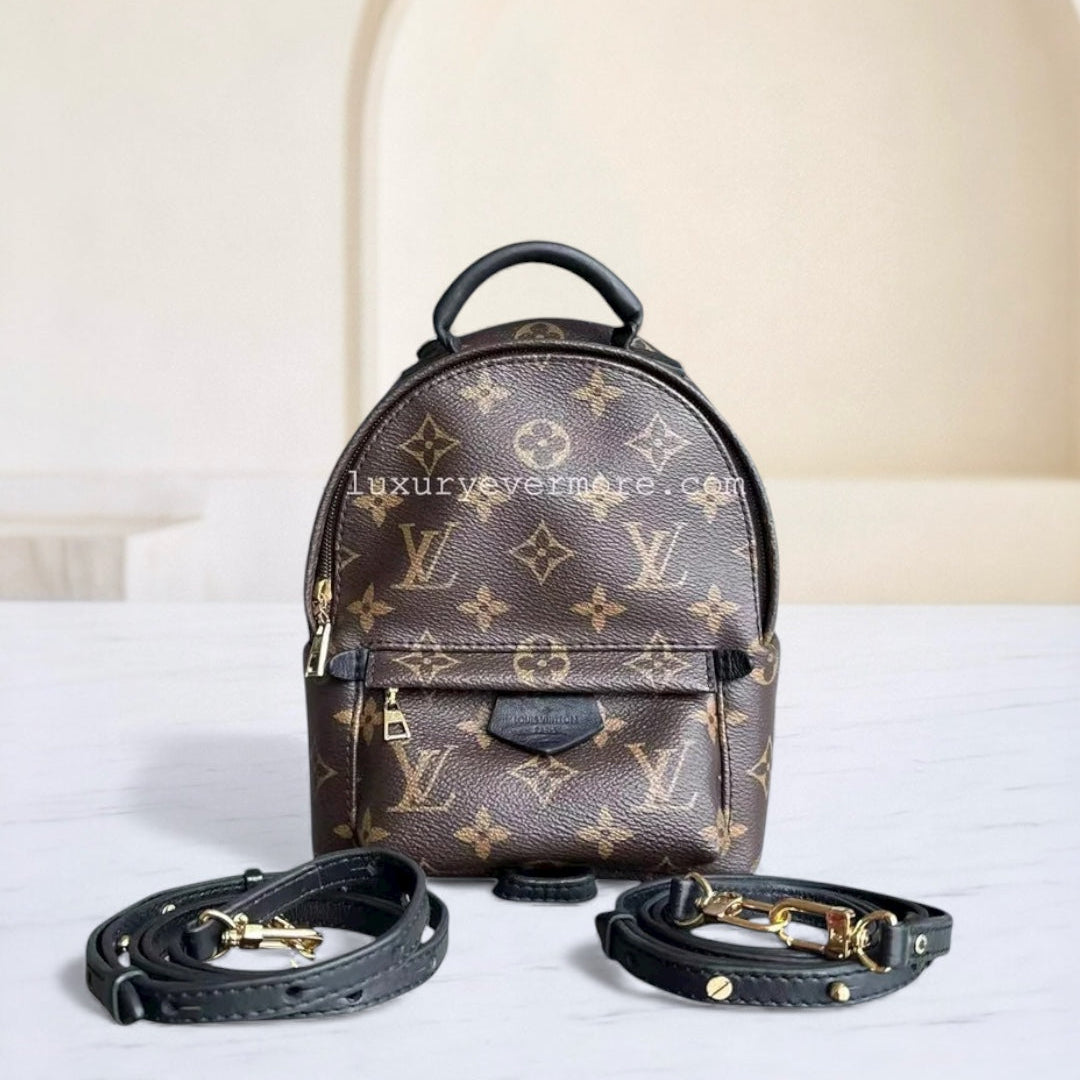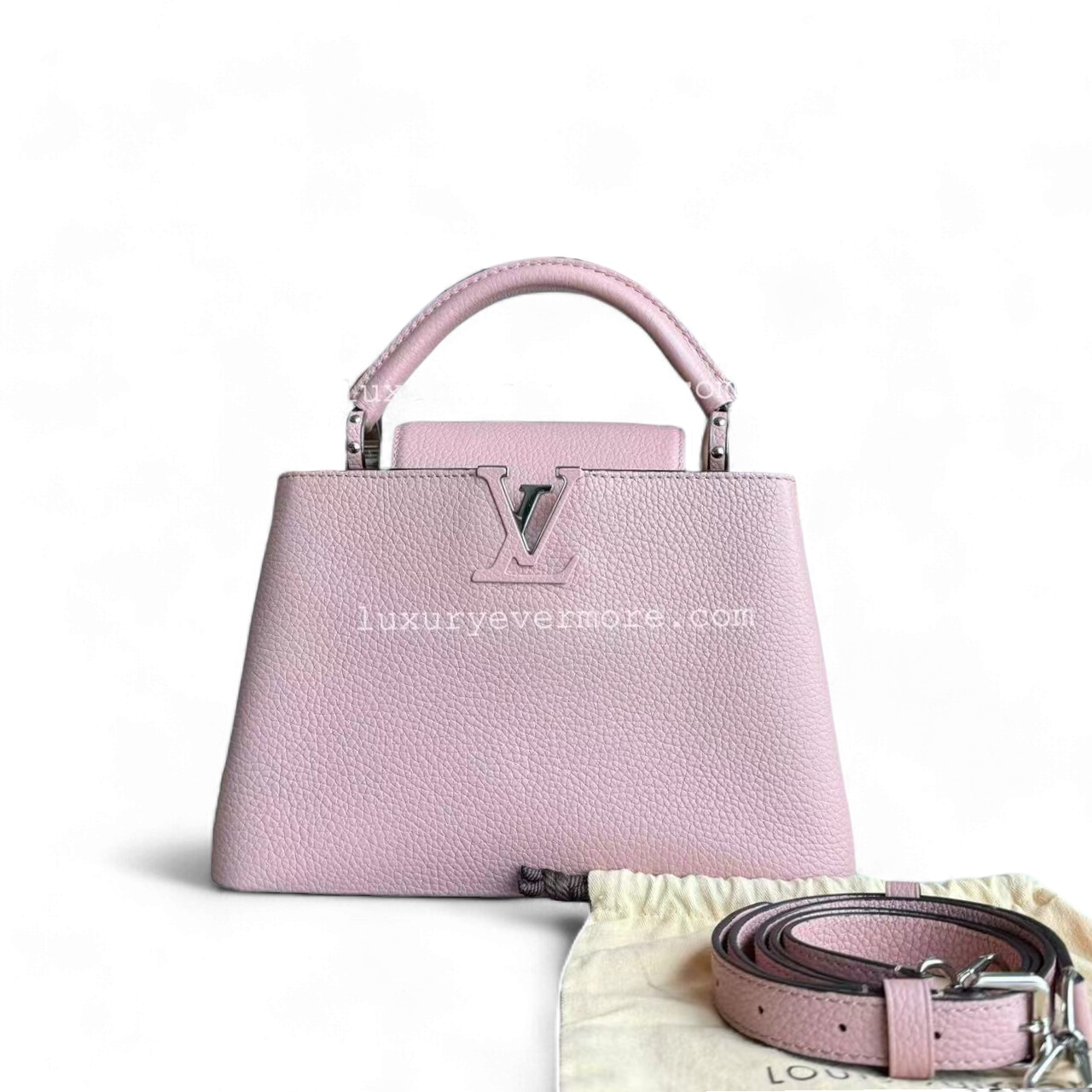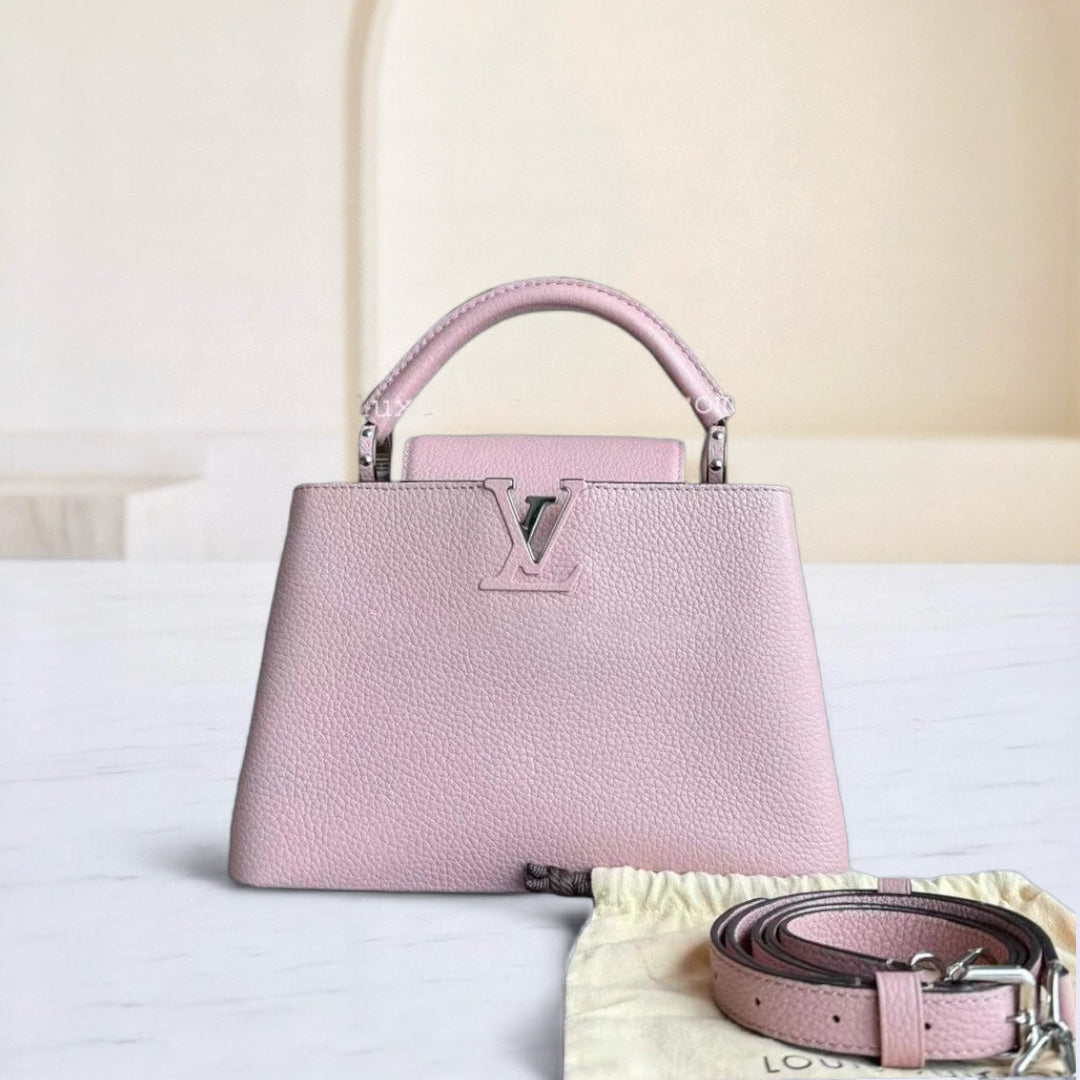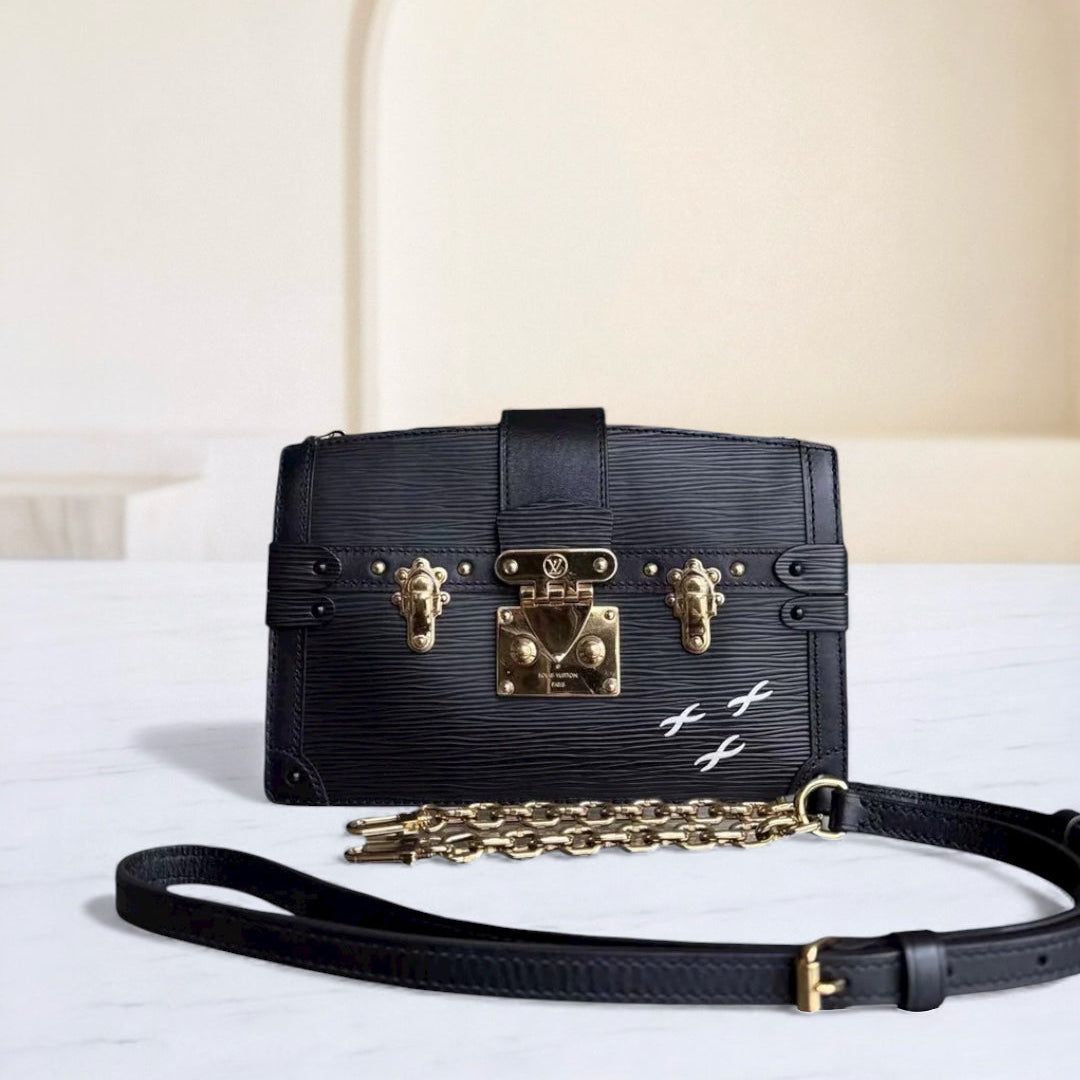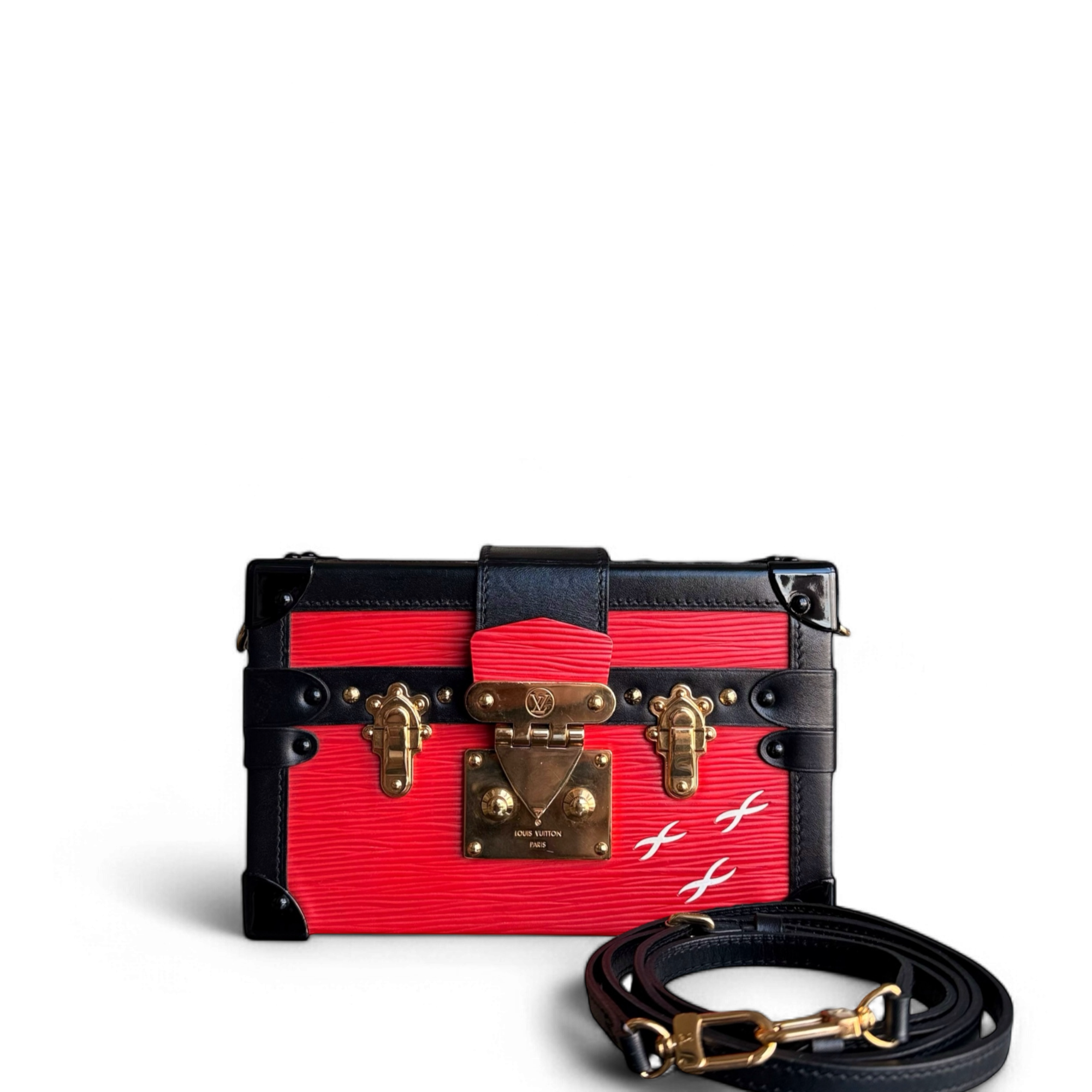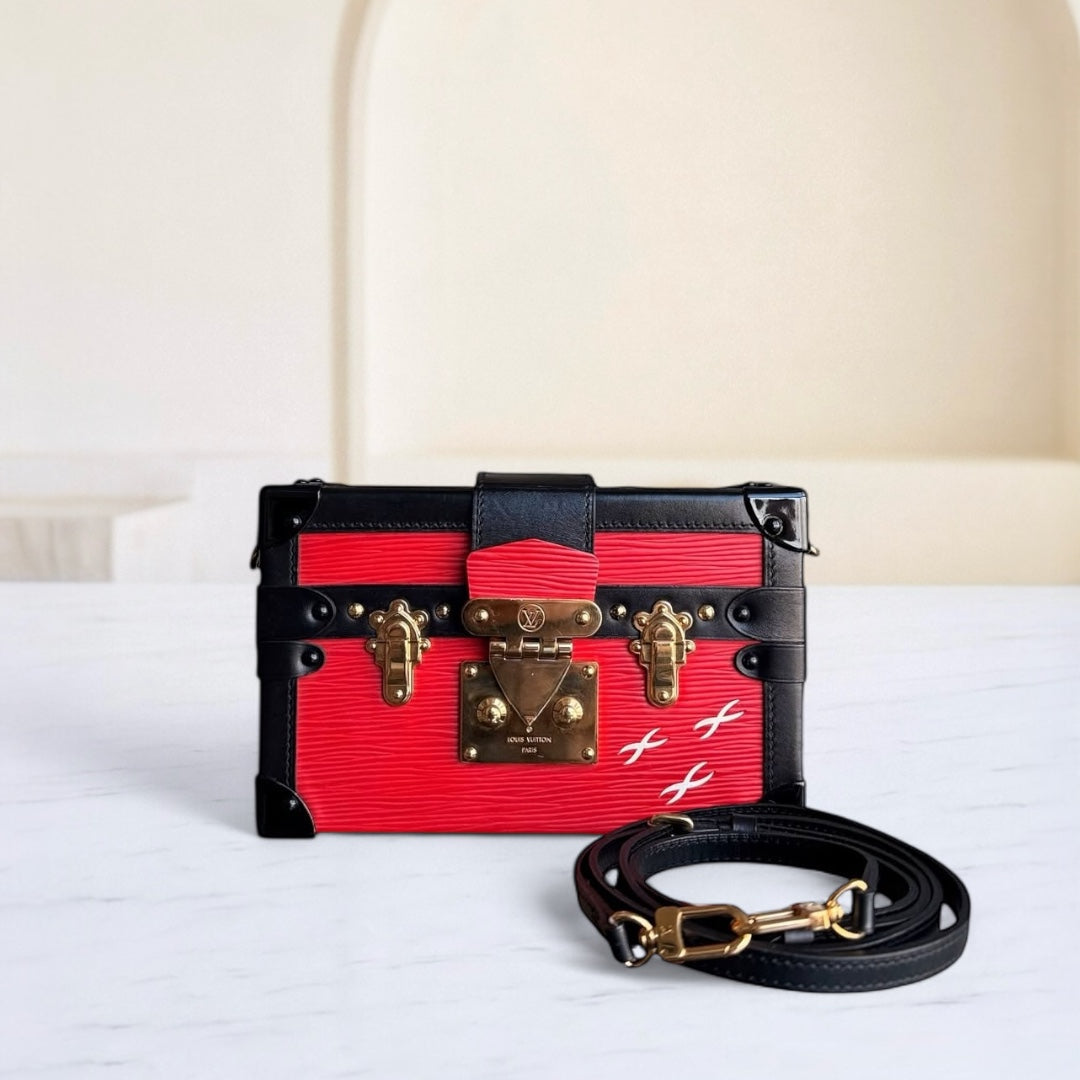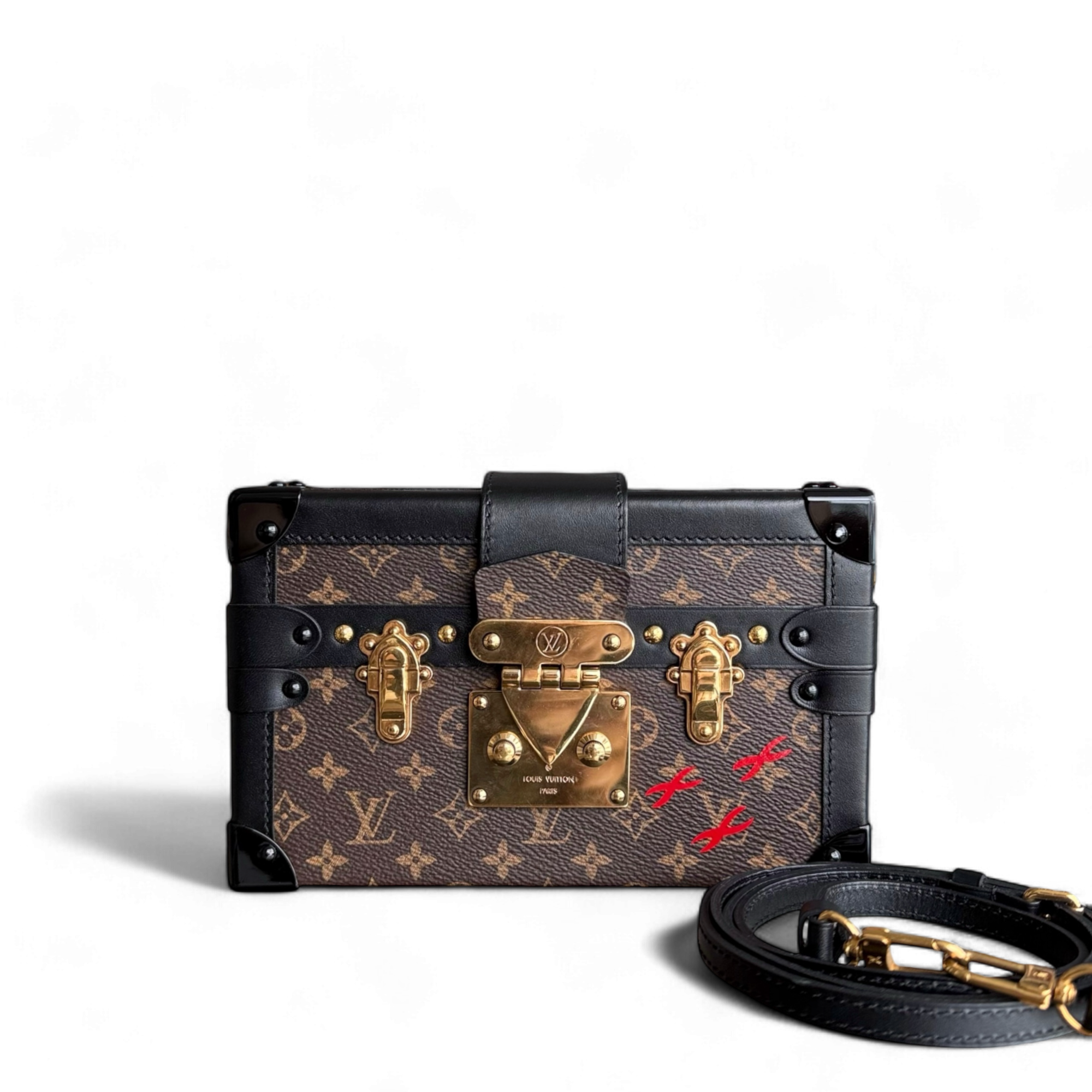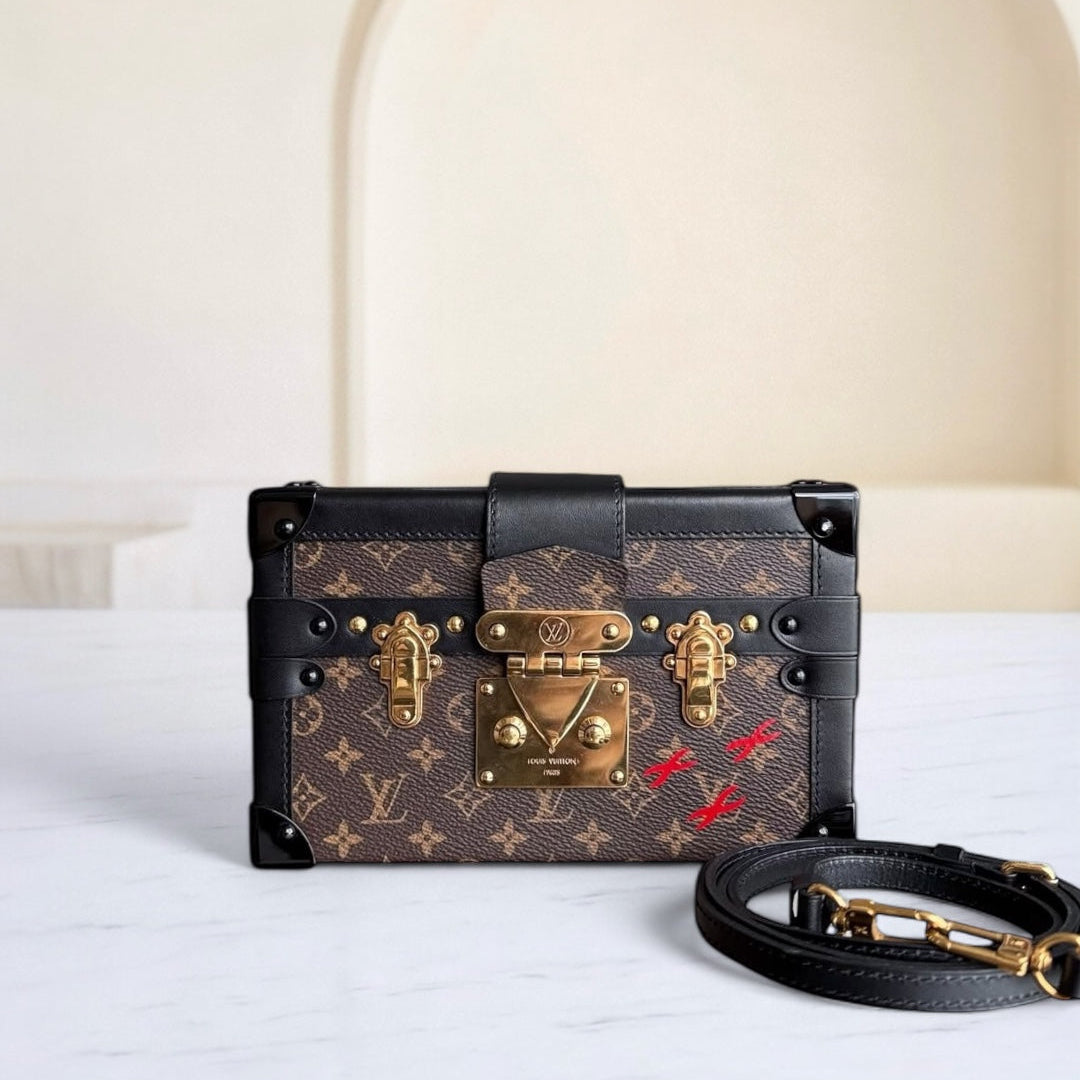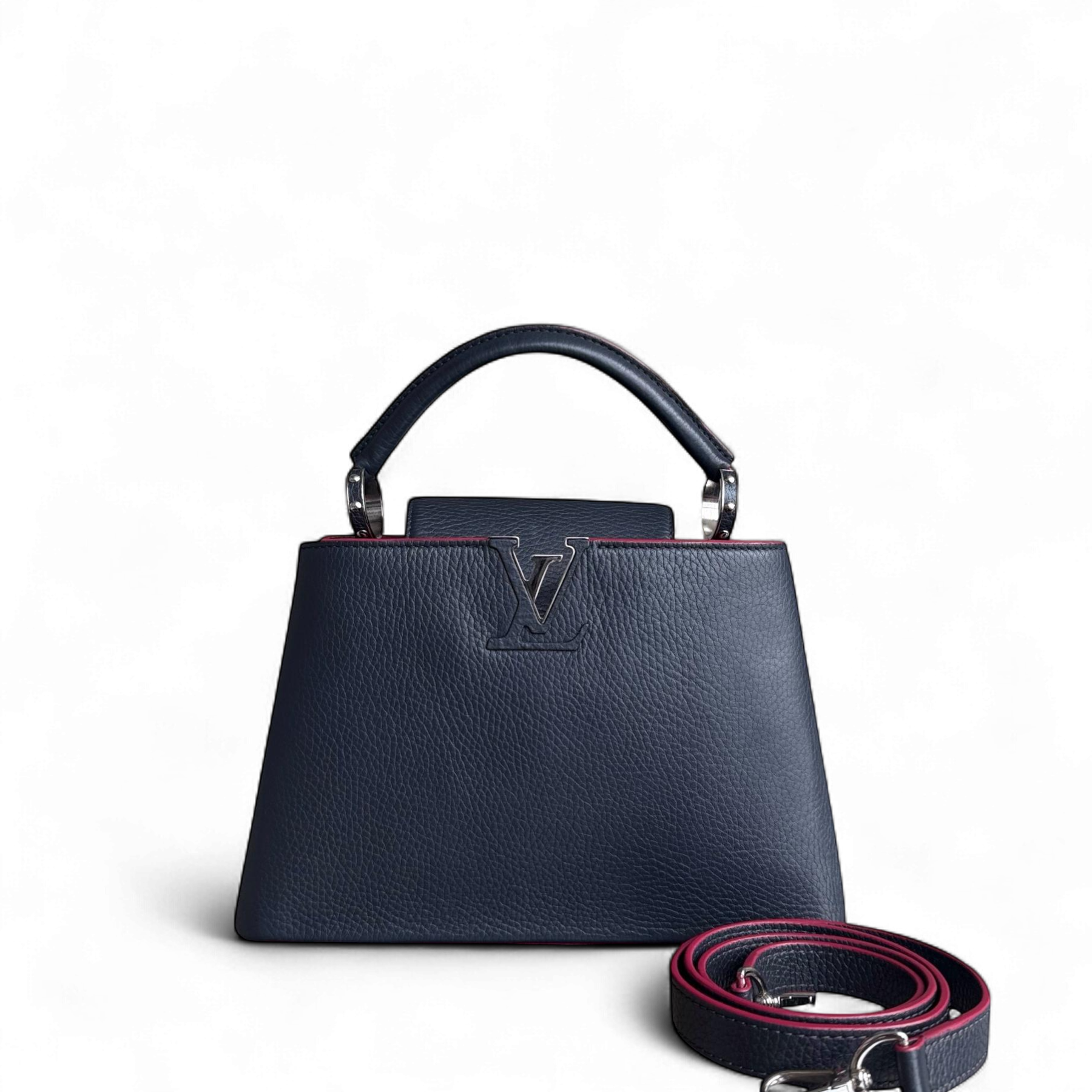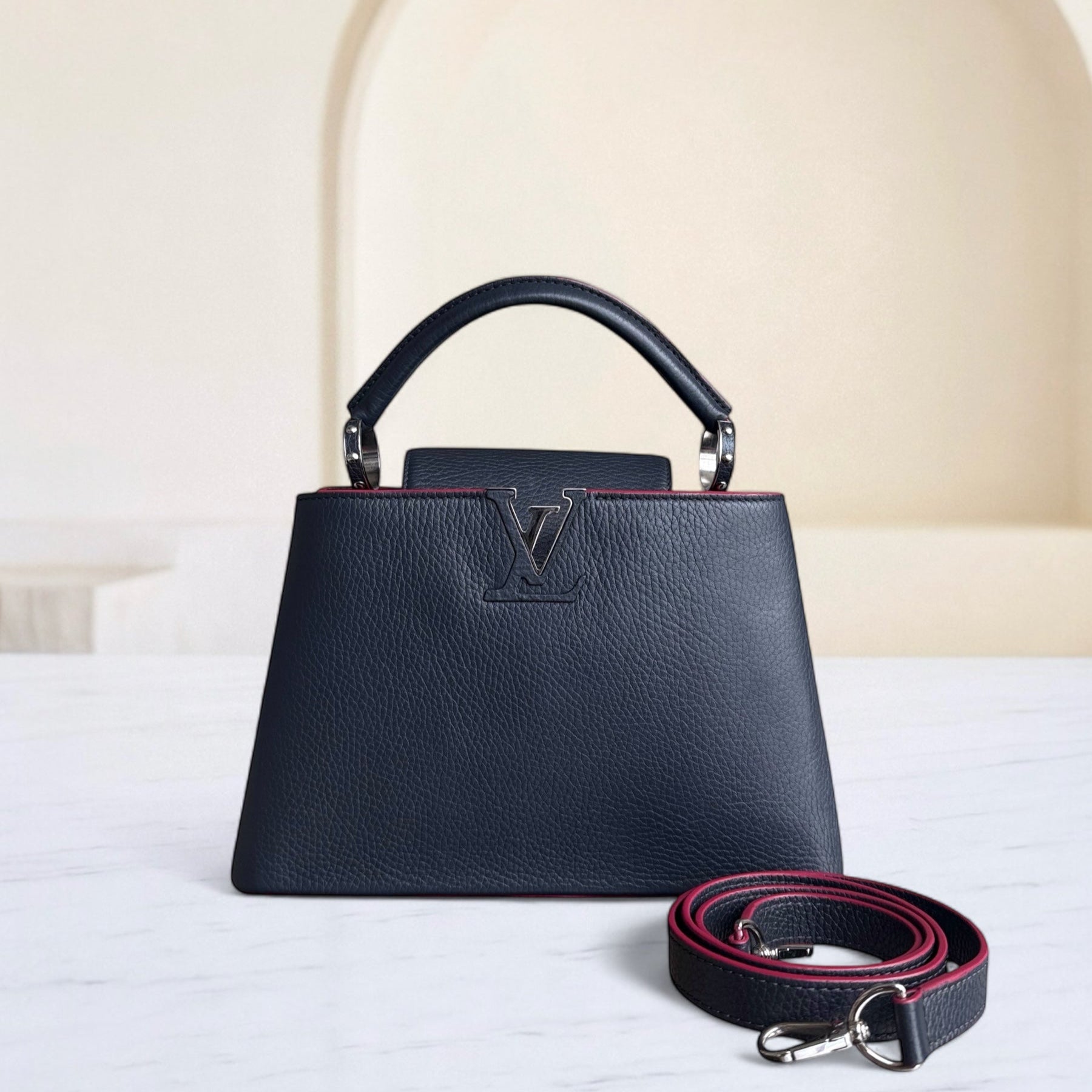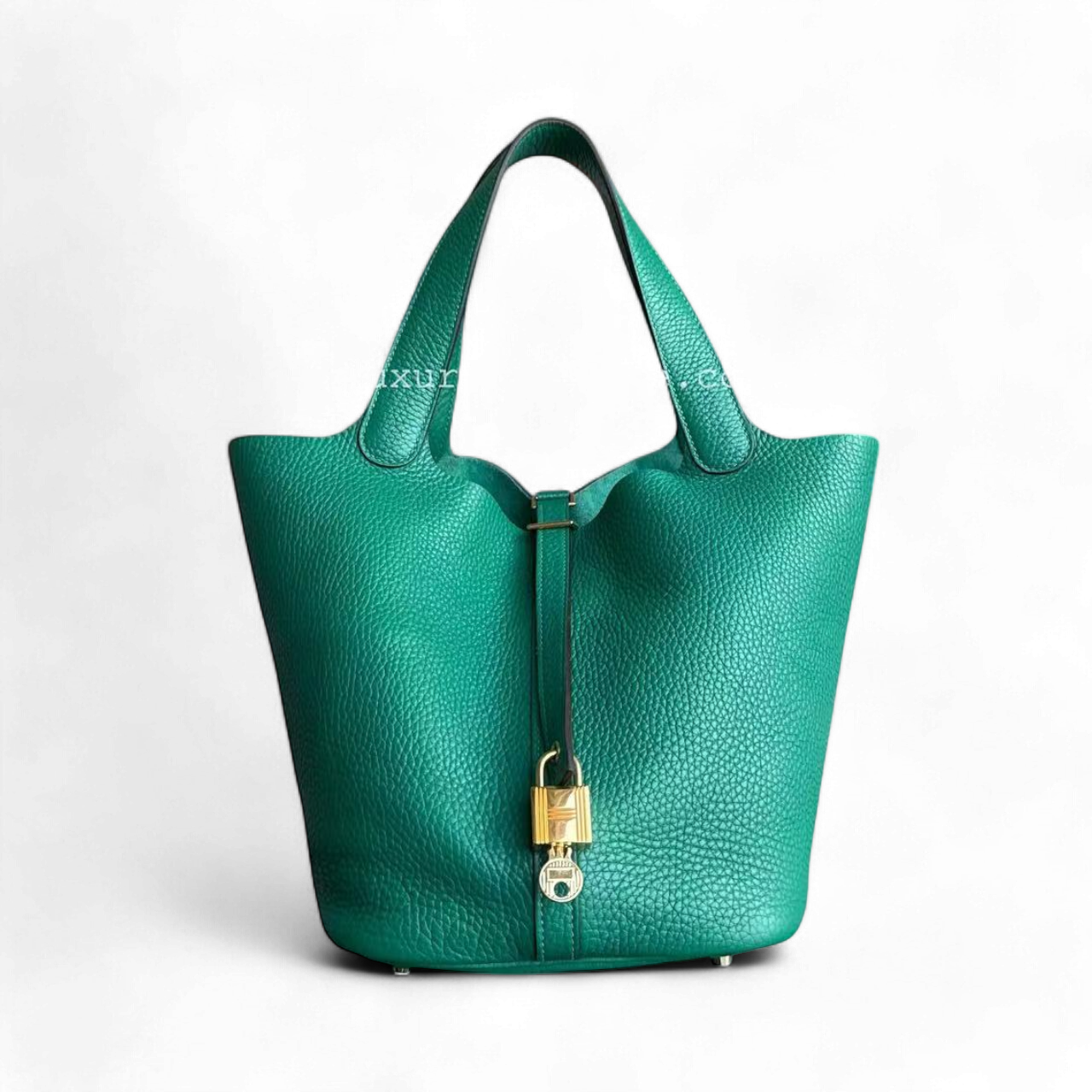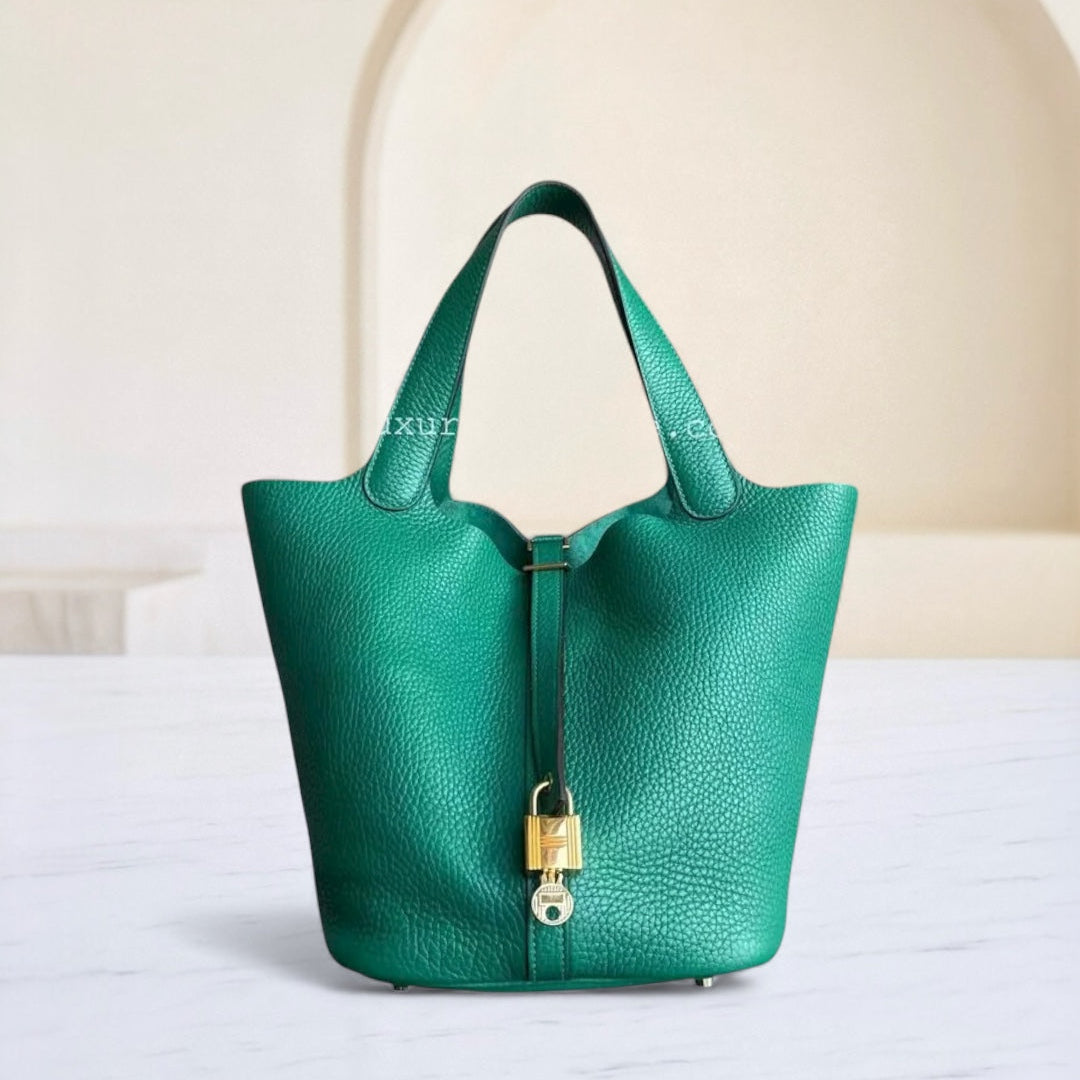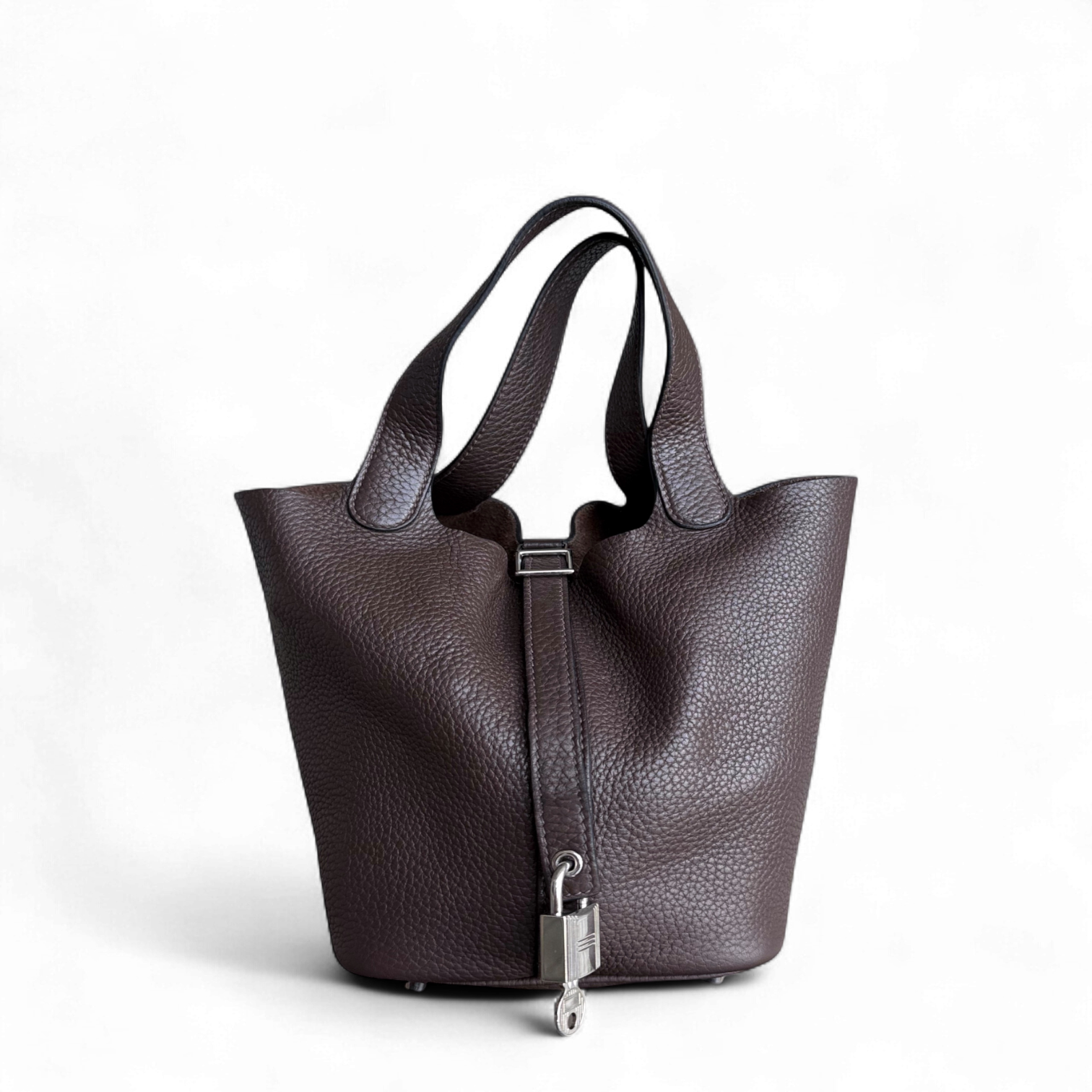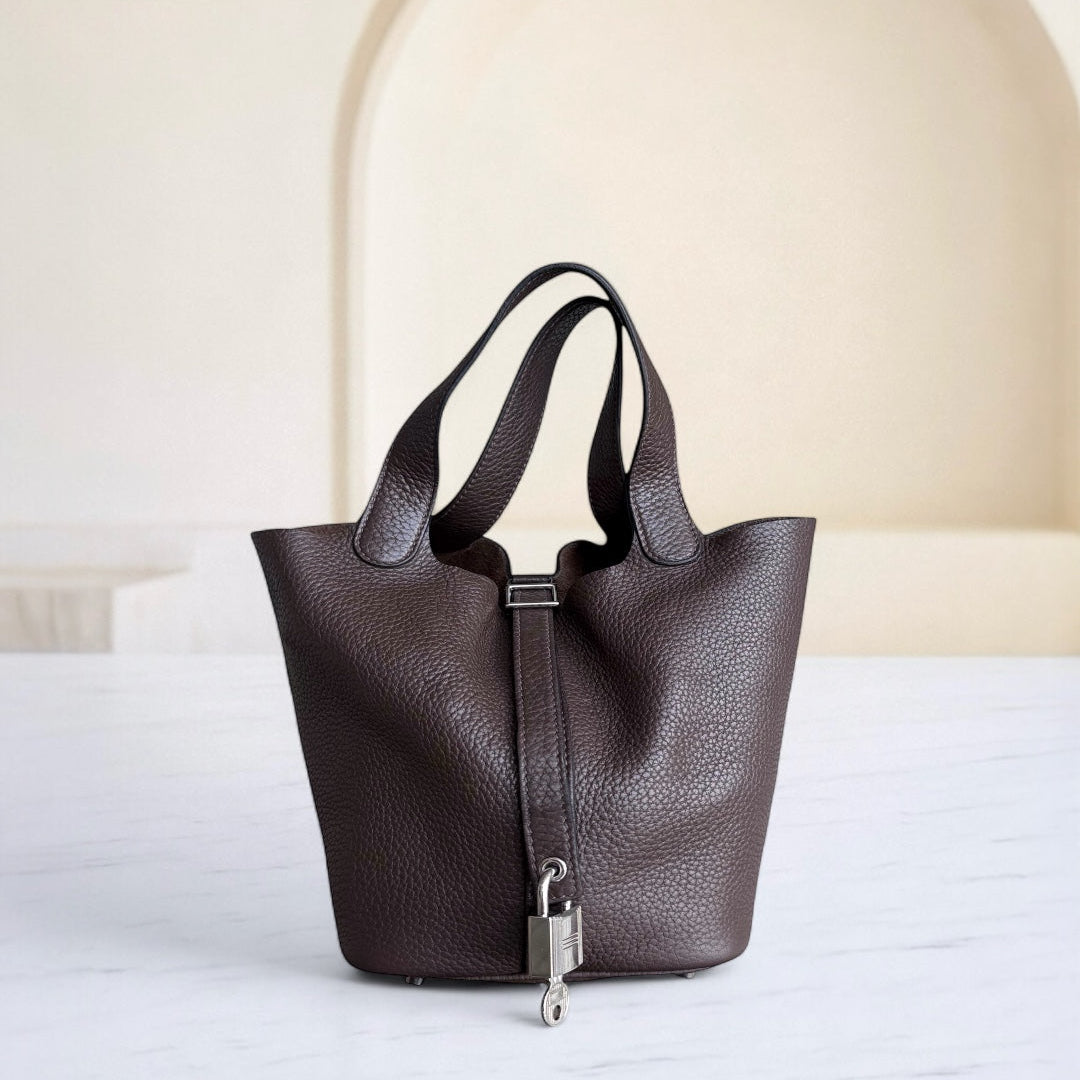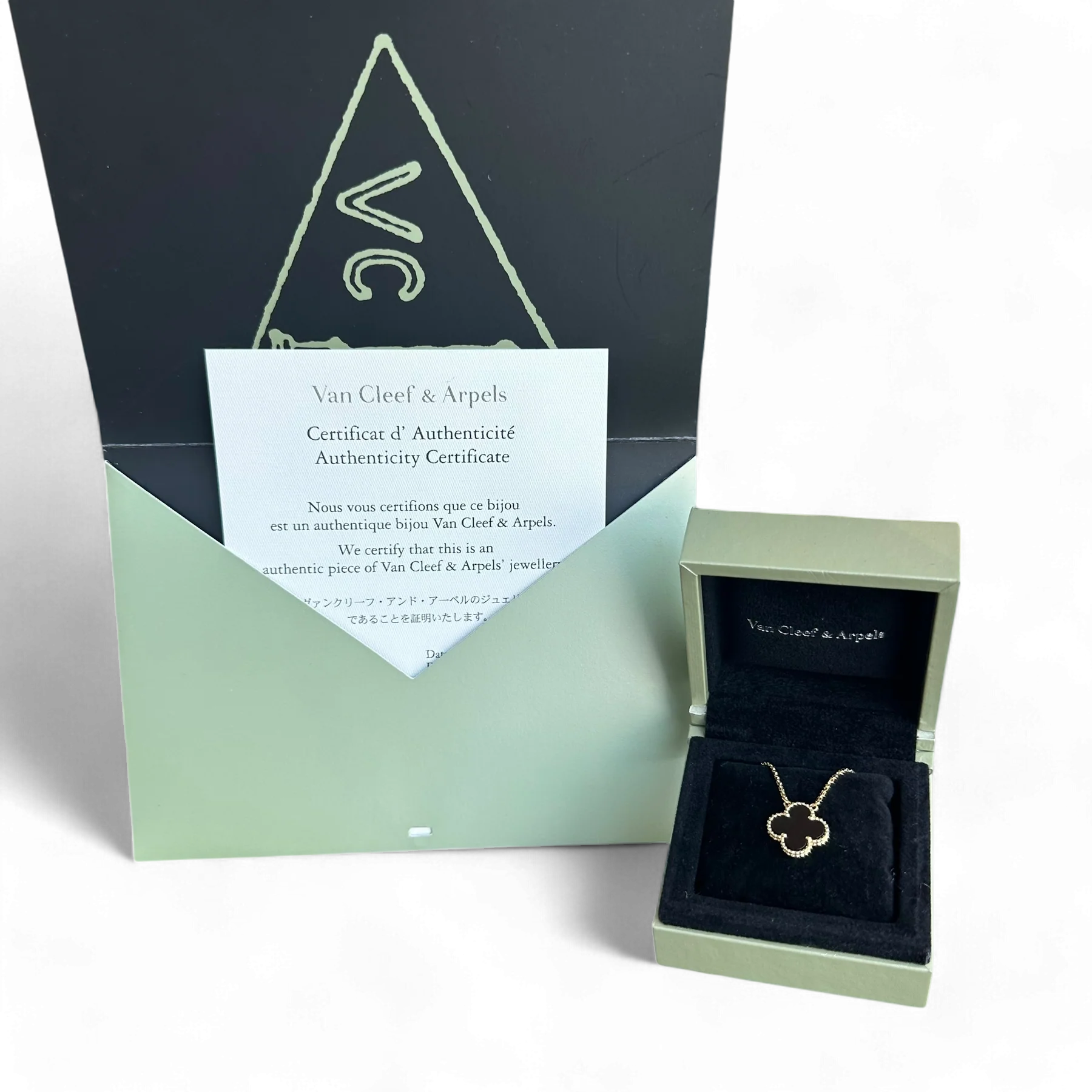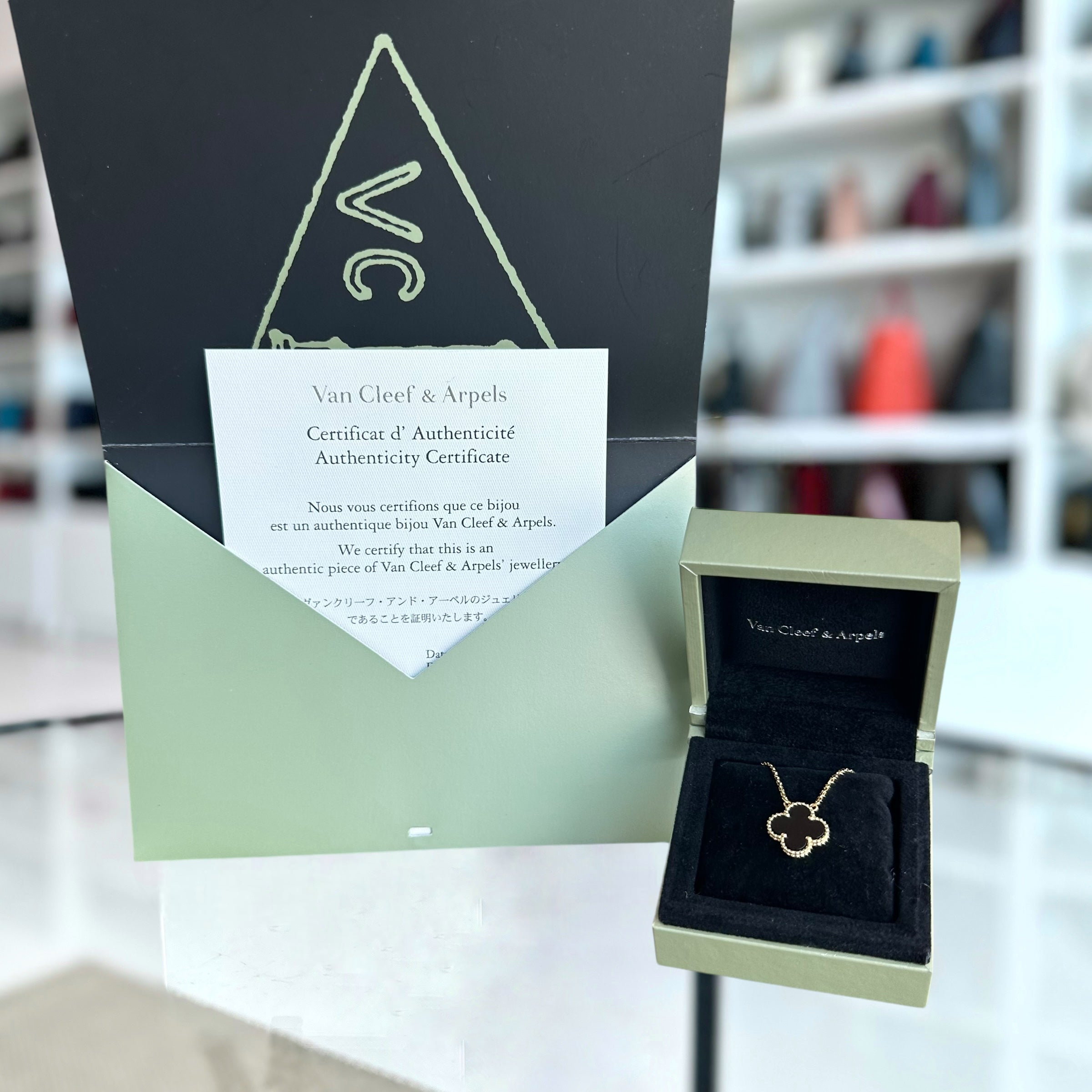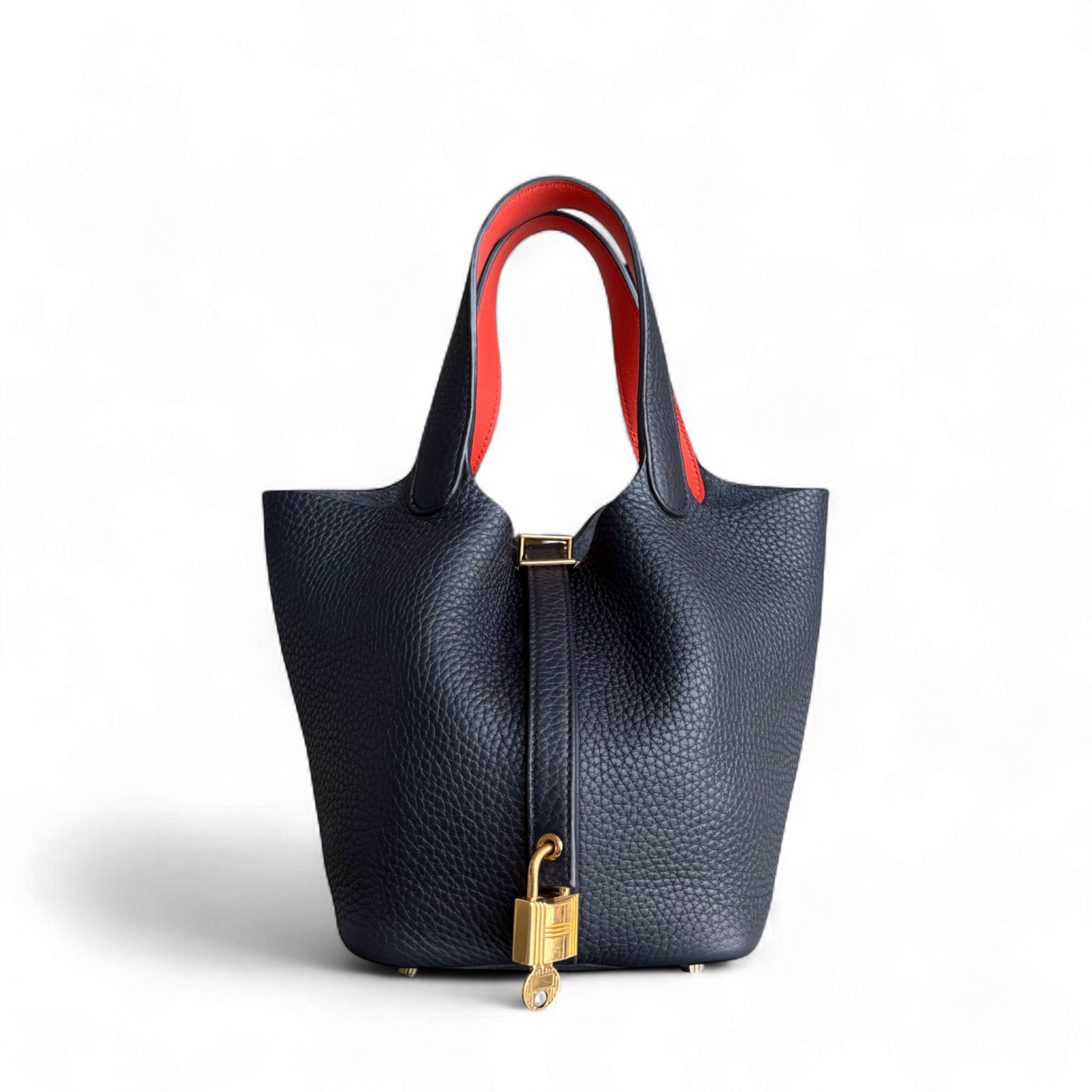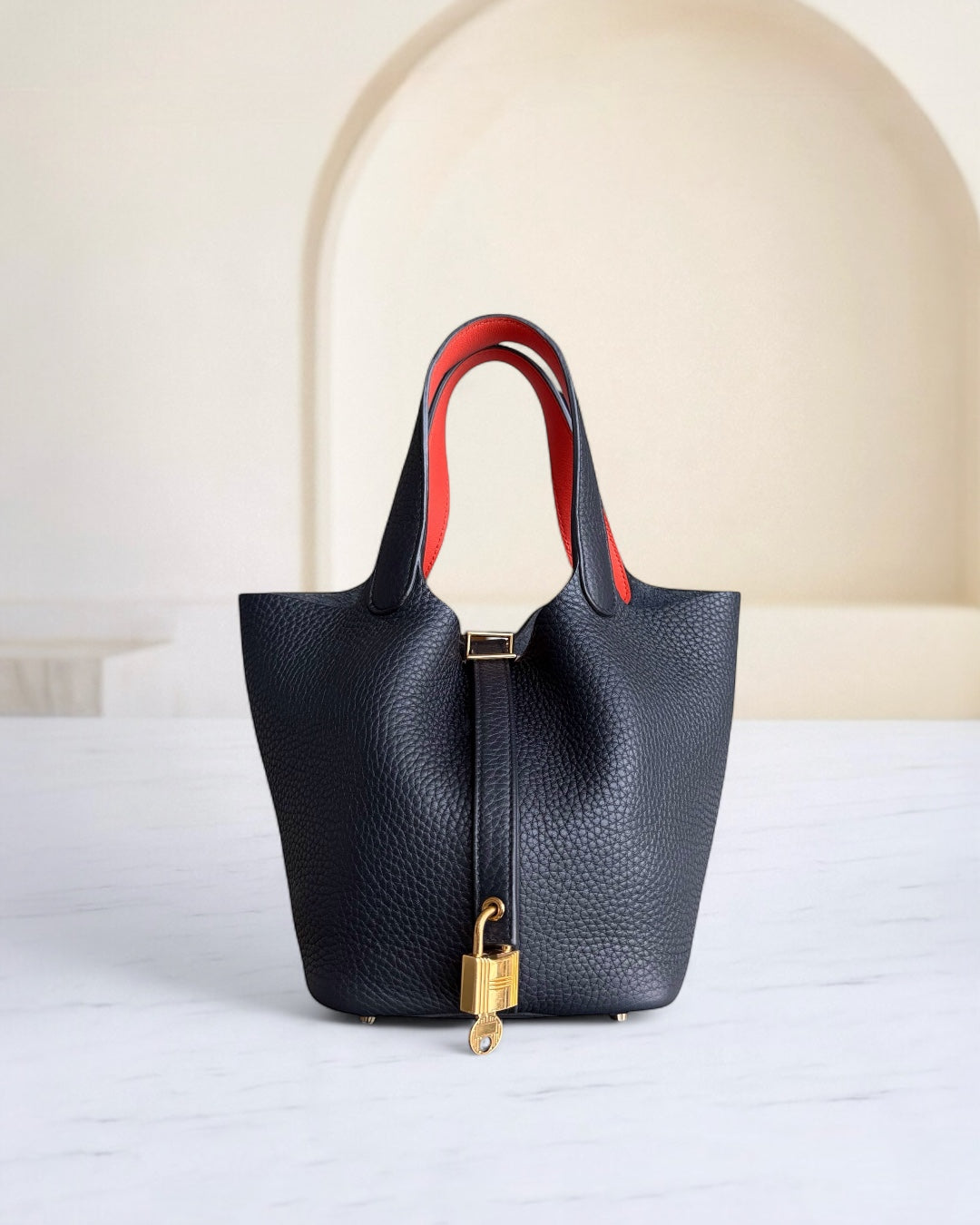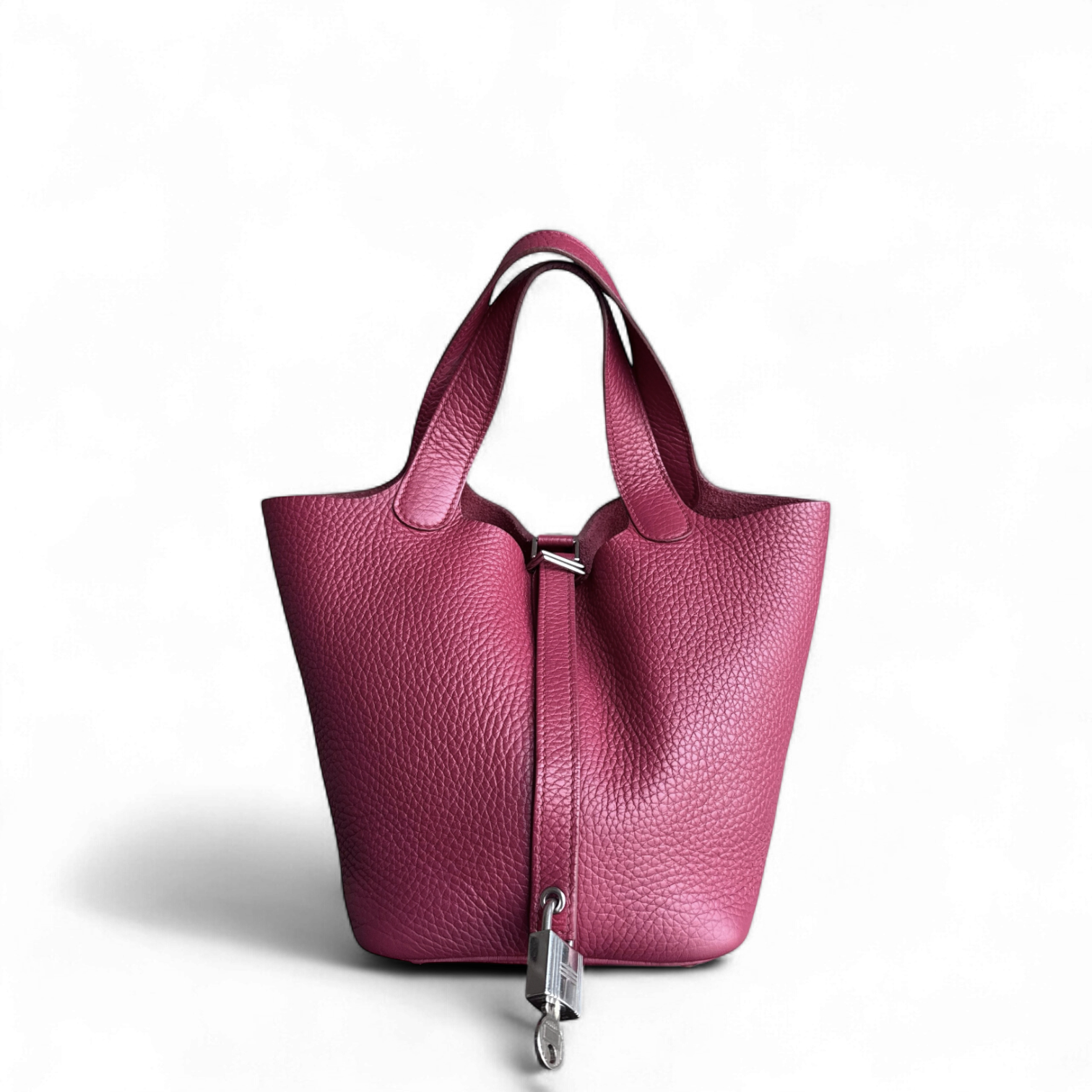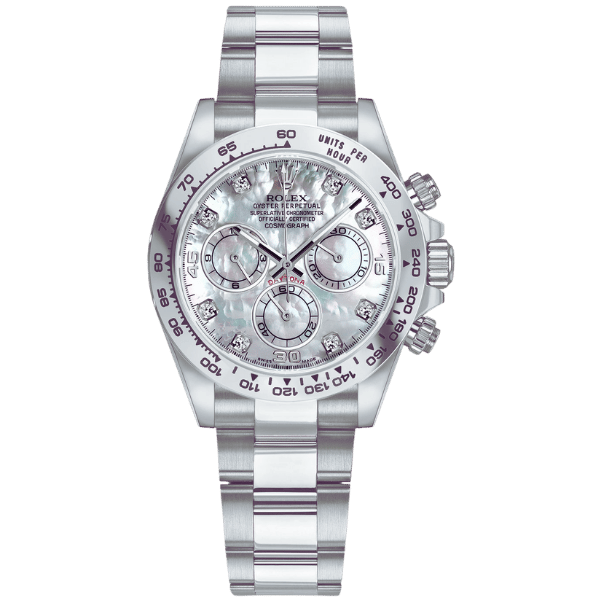Van Cleef Origin: The History of Van Cleef, Arpels, and the Iconic Alhambra
The brand Van Cleef & Arpels is often associated with luxury, sophistication, and timelessness, particularly with their jewelry creations. This report examines the exceptional craftsmanship of this prestigious jeweler. It dates back to the time when the two great families united, and they have been so creative that their works always speak for themselves. At the center of all these capsule collections, the Alhambra is the masterpiece of the culture of these powerful seducers as well as mature collectors. Whenever possible, indulge one's imagination to explore the life tales of Van Cleef, Arpels, and the enduring beauty of the Alhambra by understanding how this design transformed itself into actual, lively beauty as well as sophistication across generations.
Introduction to Van Cleef & Arpels

Van Cleef & Arpels is a prestigious French jewelry and watchmaking brand, founded in 1906. The firm is famous for its classic beauty and pioneering skill, and that's why they are the proud parents of world-renowned designs, which are all about beauty and quality. This ambition is rooted in the interconnectedness of expertise, art, and the most costly materials, resulting in incredibly intricate jewelry pieces that are highly valued by collectors and admirers worldwide.
Overview of the Maison
Van Cleef & Arpels has attained recognition as a symbol of excellence in high jewelry and watchmaking. The Maison has established itself through innovation, meticulous attention to detail, and the pursuit of the very best materials. A particular creation is always a unique blend of artistic inspiration and technical expertise, often drawing inspiration from nature, verse, or culture. All "Les Ateliers" houses are fully equipped with highly competent craftsmen who guarantee that every piece is of the highest quality and design. Van Cleef & Arpels, through their iconic collections, continue to exude timeless elegance worldwide.
Significance in the Jewelry Industry
Van Cleef & Arpels is a prestigious brand in the jewelry industry because of its commitment to innovation, brilliant craftsmanship, and timeless design. The brand is recognized for originating processes such as the Mystery Setting, in which metalwork is concealed to enhance the brilliance of the gemstone. Its ability to draw art inspiration and technical processes into one has been setting standards in the industry and has influenced several generations of jewelers. Furthermore, Van Cleef & Arpels has consistently offered creations that resonate with collectors and connoisseurs, thereby maintaining its status as a leader in luxury and fine jewelry.
Purpose of Exploring Its Origins
Understanding the origin of Van Cleef & Arpels will help you appreciate the artistry, innovation, and legacy that define the brand. One would trace its early history, from founding basics to artistic considerations, to realize how Van Cleef & Arpels quickly became synonymous with luxury and technical excellence in fine jewelry, along with other creations of Salomon Arpels. It also stresses the very essence of the company, its inspiration, and its continued prominence within the industry.
Historical Background of Van Cleef & Arpels

Founding of the Maison
Van Cleef & Arpels was established in 1906 in Paris, France, a union born out of both partnership and mutual passion. The two housebrokers were Alfred Van Cleef, the son of a diamond cutter, and Estelle Arpels, the daughter of gemstone traders. Their union signified the marriage between craftsmanship and the stones, thus becoming the foundation for the brand's legacy. The first boutique was set to open at 22 Place Vendôme. This address has always been considered the abode of Parisian elegance and luxury, where the spirit of Salomon Arpels may perhaps yet be felt in the air.
Van Cleef & Arpels, from the outset, distinguished itself through designs that blended technical artistry with nature as its muse. Early in its history, the brand introduced one-of-a-kind creations featuring the Mystery Set, an innovative setting technique patented in 1933 that places stones without visible prongs, giving the appearance of fluidity and seamlessness. This invention would become the signature of the Maison and would establish the house's reputation as one of the pioneers in fine jewelry craftsmanship.
With quality, innovation, and the search for beauty in nature occupying the minds and hearts of its founders, the very identity of Van Cleef & Arpels was fashioned on timeless principles. These principles continue to guide the brand today, enabling it to remain true to its path while adapting to changes.
Key Milestones in Its History
- 1906: Van Cleef & Arpels was established by Alfred Van Cleef and his brother-in-law, Charles Arpels, in Paris, France. The first boutique was in the 22 Place Vendôme, positioned at the heart of luxury.
- 1933: The patented "Mystery Set" technique was introduced and revolutionized fine jewelry design by enabling gemstones to be set without any visible metal.
- 1940s: Adjustable with time, the French-made Maison opened its first boutique in New York City, traversing the country.
- 1951: Van Cleef & Arpels introduced the famous Zip Necklace, a piece functioning as a large clip-on bracelet.
- 1968: Launch of Alhambra, famed for the four-leaf clover motif that has almost taken over completely as the brand's identity.
- 2000s: The Maison embarked on various exhibitions and collaborations, underscoring its commitment to art, heritage, and innovation in jewelry design.
Influences on Design and Craftsmanship
Van Cleef & Arpels' design and craftsmanship draw profoundly from nature, culture, and technology. Nature has always been an inspiration for the Maison, with flowers, animals, and celestial bodies frequently gracing its creations, symbolizing beauty and harmony. Turning back to history, Art Deco and Belle Époque styles also left their mark on aesthetics, with bold geometric patterns appearing alongside intricate detailing.
Technological advancements have also played a significant role in refining and enhancing the brand's production. The Mystery Set technique, which enables the seamless placement of gems to maximize a piece's brilliance and attest to an incredible level of craftsmanship, was patented in 1933. Furthermore, the Maison sources gemstones responsibly and utilizes cutting-edge technologies with great precision, while still staying true to its commitment to artisanal methods, which are respected and upheld by those who worked alongside Alfred Van Cleef.
Collaborations with contemporary artists and participation in cultural exhibitions enable their designs to tap into new currents within the dynamic interplay between innovation and tradition. These will allow the integration of direct expressions of modern art and perspectives from the world stage, thereby ensuring that the Maison stays modern without losing its legacy of exquisite, gamma-precious-grade grandeur, much like the enduring charm of a long necklace.
The Iconic Alhambra Collection

Origins and Inspiration Behind the Alhambra
Introduced by Van Cleef & Arpels in 1968, the Alhambra collection draws inspiration from a quatrefoil shape that has long been associated with harmony and luck. This motif, which resembles clover leaves in form, has long been a symbol of fortune and positive energy in many cultures. The design's origin can be traced back to the Art Deco movement, in line with the Maison's concept of crafting jewelry that embodies grace and understatement.
The Alhambra motif was initially crafted from luxurious yet straightforward materials, such as mother-of-pearl, gold, and coral, to celebrate nature and exceptional craftsmanship. Over the years, the collection has expanded to include other stones, such as malachite, carnelian, onyx, and turquoise, each chosen for its vibrant colors and symbolic meanings. It's a pledge: in meticulously searching for the finest materials and maintaining a harmonious balance between design and functionality, the Maison is genuinely committed to excellence.
The Alhambra collection, considered one of Van Cleef & Arpels' most iconic designs, embodies a timeless style that has retained its relevance and importance over the years. Today, this collection remains a cherished item among collectors and fashion lovers, artfully balancing tradition and modernity in design.
Design Elements and Signature Features
The Alhambra collection is defined by its meticulous craftsmanship and instantly recognizable motifs. The signature quatrefoil shape, being a stylized version of a four-leaf clover, was considered the symbol of luck, love, health, and prosperity-indeed, the ultimate positive sign. The entire creation process for each piece involves multiple phases of expert cutting, polishing, and assembly, all carried out with a level of exactitude and quality that is a hallmark of the brand.
Another essential attribute of the collection is its emphasis on high-grade materials, such as yellow gold, white gold, rose gold, and platinum, often paired with semiprecious stones like malachite, onyx, turquoise, and mother-of-pearl. The stones are carefully selected for their colors, patterns, and toughness, to the extent that celebrities like Reese Witherspoon adorn themselves with these pieces. Additionally, the pieces are often set with brilliant diamonds, intended for the utmost luxury, which emphasizes the clarity of cut in their designs.
The distinctive feature of the Alhambra collection is its versatility, smoothly transitioning from daytime casual wear to nighttime elegance. Necklaces, bracelets, earrings, and rings are meant to be worn alone, with few restrictions on layering for personal expression. Conversely, the perfect symmetry and balance of each piece present a calm aesthetic variation, tolerance to all sorts of preferences.
Due to its details and timeless design, the Alhambra collection has become well-appreciated as a perfect symbol of both historic and modern jewelry, attracting new audiences and remaining relevant as a classic.
Popularity and Cultural Significance
Alhambra collection has gone past its life as a mere jewelry line and has become a cultural symbol emblazoned with the caliber of elegance and the luxury of choice. Worn frequently by renowned personalities, including celebrities and public figures, it is generally regarded as a status symbol of good taste. It generates massive social media attention, with Alhambra-related hashtags trending alongside thousands of posts featuring Alhambra in various settings.
Alhambra jewellery is primarily sought for occasion- and heritage-related purposes, as most clients view these pieces as items worthy of being passed down through generations. These are some good points for retail data, confirming its maintained demand through the decades. Some pieces become highly sought after on the secondary market, thus appreciating due to their rarity and high quality of workmanship. This combination of modern-day necessity and fine old tradition makes the Alhambra collection an ever-classic icon of luxury, much like something Elizabeth Taylor would have worn with grace.
Creation of Iconic Designs

Evolution of Van Cleef Design Philosophy
The design philosophy of Van Cleef & Arpels has evolved continuously to embody crafting, artistry, and timeless elegance. Since 1906, the brand has featured artistic interpretations of the finest materials, the same pieces used by those who iconized jewelry style, such as Elizabeth Taylor. For instance, the company's patented Mystery Set technique, also launched in 1933, transitioned from visible prongs to setting gemstones. This would serve to widen the aesthetic avenues of fine jewelry in a way previously unknown, presenting supremely fluid grace and brilliance.
Throughout its existence, this commitment to innovation has been consistently aligned with a focus on nature, love, and poetic designs. By mid-century, Van Cleef & Arpels adopted motifs of plants, animals, and stars to create whimsical yet elegant jewelry that had a very intimate effect on the client. For instance, their Alhambra collection so synthesized simple and symmetrical concepts while imparting notions of luck and contemporary luxury in 1968.
Today, the brand utilizes cutting-edge technology, including everything-laser cutting, which is a high-precision process, along with hand engraving and polishing, all ensuring that the piece is worthy of long-lasting display at the Ritz. This allows them to work with very complex designs without hindering the craftsmanship or compositional integrity. Conversely, the brand is evolving with an eye to the future, sourcing ethical materials and upholding environmental responsibility in its operational practices.
Statistically speaking, when it comes to Van Cleef & Arpels' jewelry demand, it has always been on the rise, with renowned sources monitoring the steady price build-up at auctions of vanities and antiques. This transformation underscores a product philosophy that respects the legacy while prioritizing current trends, ensuring its creations remain relevant and aspirational across the global luxury market.
Noteworthy Pieces and Collections
Van Cleef & Arpels has indeed created some of the most spectacular collections in the realm of fine jewelry, marrying art, innovation, craftsmanship, and technology to create a perfect union. One of its well-regarded collections, the Alhambra collection, introduced in 1968, is distinguished by the four-leaf clover, which stands for luck, health, and love. With mother-of-pearl, onyx, and malachite being the usual materials used in this design, it undoubtedly remains one of the timeless design motifs that symbolize class and fortune, much like the Moorish influences seen in their collections.
Another instance comprises the Mystery Set™ collection, a technique patented by the brand in 1933. This approach allows gems to be set so precisely that no underlying metal can be seen, with the entire surface of color looking like a seamless whole. The Zip necklace, initially designed in the 1930s and manufactured during the 1950s, exemplifies brilliant design meeting advanced engineering. This convertible necklace beautifies the process of being turned into a bracelet.
Van Cleef & Arpels also reigns supreme with its High Jewelry, frequently drawing inspiration from nature, ballet, and fairy tales. Recent showcases, such as the "Legend of Diamonds" collection, have reaffirmed the brand's commitment to using diamonds of supreme cut and clarity in extraordinary settings. Constantly marrying tradition with innovation has cemented the maison's reputation as a frontrunner in high jewelry.
Integration of Diamonds and Other Gemstones
Precious combinations of diamonds with other stones highlight the creativity and craftsmanship in high jewelry conception. Gems like emeralds, sapphires, and rubies are often used beside diamonds to build captivating contrasts and bring out the brilliance of each gem. For example, the gorgeous deep blue of sapphires highlights a diamond's clarity and sparkle, while emeralds add a bright green vibrancy signaling luxury and opulence.
Developed artificial gemstones are cut with special procedures in modern jewelry houses, designed to intensify the optical appeal of these combinations, where each stone is crafted to enhance the other. Industry data indicate that consumers are increasingly personalizing their jewelry with unique gemstone associations and prioritizing the use of ethical materials. The inclusion of unorthodox gemstones, such as spinels and tourmalines, or even sustainably cultured diamonds, marks a considerable shift towards innovation and individual expression within the market. Hence, with this subtle union of skill and vision, diamond and gemstone combinations have stayed as the flagship of luxury jewelry design.
Cultural Impact of Van Cleef & Arpels

Influence on Fashion Trends
Van Cleef & Arpels has defined the beauty and elegance of modern design. Their creations have graced red carpets, prestigious events, and the collections of eminent collectors, serving as a liaison between haute couture and fine jewelry, and truly representing the luxury embodied by Elizabeth Taylor. Against this classical backdrop, one can mention the Alhambra collection, launched in 1968 and still inspiring designs worldwide with the iconic quatrefoil motif, which symbolizes luck, love, and harmony.
Collaborations with fashion houses and appearances in luxury campaigns continue to evidence their standing in present-day trends. Recently, their pieces have experienced a surge in popularity among the young crowd, given the ever-growing importance of minimalist yet sophisticated aesthetics, which essentially merge classical and modern sensibilities. These market data indicate that the demand for such items is ever-increasing, hence translating into global relevance for these investment-quality jewels. This enduring influence is what keeps Van Cleef & Arpels on the worldwide jewelry trend map.
Collaborations with Artists and Designers
Van Cleef & Arpels has always been renowned for its creative collaborations with artists and designers, which bring new perspectives to the brand. These collaborations showcase the maison's commitment to blending fine craftsmanship with avant-garde artistic perspectives. One such partnership, with the celebrated French artist Claude Lalanne, resulted in unique designs inspired by nature that combined sculptural elements with high jewelry craftsmanship.
More recently, the brand collaborated with boundary-pushers of the contemporary world, such as Charlotte Perriand. These collaborations offer new interpretations of age-old motifs that greatly appeal to modern minds. Industry analytics reveal that a high-profile collaboration between luxury brands significantly boosts consumer interest and enhances their presence in competitive global markets. Van Cleef & Arpels, with its unique interpretation of art and design in the jewelry process, continues to create jewelry that is not merely jewelry, but time-honored art.
Representation in Popular Culture
Van Cleef & Arpels has fully established itself as a symbol of style and sophistication in popular culture. The brand's extraordinary artisanship has been showcased in numerous films and television series, as well as on massive red carpets worldwide. For example, their much-celebrated Alhambra collection, introduced in 1968, is considered an eternal signature of style and relevance among celebrities and high-prestige crowds. News emerged that mentions of Van Cleef & Arpels within social media increased significantly, with #VanCleefArpels garnering millions of impressions over the past six months. That digital blow that the brand received shows how it managed to charm a new class of luxury consumers. Aside from their collaborations with influencers, the brand's continued appearances in award ceremonies further establish it as a label of prestige in the present culture.
Frequently Asked Questions (FAQs)
Q: What is the history of the Van Cleef and Arpels brand?
A: The history of the brand Van Cleef and Arpels dates back to 1895 in Paris, the year Alfred Van Cleef and Estelle Arpels got married. Together with her brother, Louis, the couple created the luxury jewelry house that became renowned for its incomparable creations, high jewelry collections, and signature motifs, such as the four-leaf clover.
Q: Where is the first Van Cleef and Arpels boutique located?
A: The first Van Cleef and Arpels store is located at 22 Place Vendôme in Paris, a location laden with memories of Salomon Arpels and associated with his grand stature. This historic locale has, since the boutique opened, remained synonymous with luxury and elegance, embodying the rich heritage of the Van Cleef & Arpels brand and its exquisite jewelry collections.
Q: What are some iconic pieces of Arpels jewelry?
Some iconic Van Cleef & Arpels jewels include the Alhambra collection, renowned for its clover motif, and the Mystery Set, which allows for the setting of stones without the metal showing. The other famous design is the Zip Necklace, which, when fully zipped, can be worn as a bracelet.
Q: Who were the key people in the Van Cleef and Arpels family?
A: Key persons for the Van Cleef and Arpels family were Alfred Van Cleef, along with his wife Estelle Arpels and her two brothers: Louis and Charles Arpels. Their mutual collaboration and love for precious stones led to the founding of one of the most renowned jewelry houses in the world, a testament to the power of those who married Alfred Van Cleef.
Q: What is the meaning of the four-leaf clover motif in Arpels jewellery?
A: The four-leaf clover motif, which has come to symbolize luck, is the trademark for the Alhambra collection. It has become synonymous with the company's identity, securing a place in both fine and casual jewelry.
Q: How did Grace Kelly influence Van Cleef and Arpels?
A: The Princess of Monaco was famous for having a penchant for Van Cleef and Arpels creations. Her association with the brand and the presence of her exquisite jewelry pieces elevated the maison's stature and attracted a royal clientele.
Q: What types of precious stones are commonly used in Van Cleef and Arpels creations?
A: The creations of Van Cleef and Arpels bring together several precious stones, such as diamonds, emeralds, sapphires, and rubies. This demonstrates the maison's sincere commitment to high standards for gemstones, while also engaging in the most challenging designs and craftsmanship.
Q: What is the intention behind the design of the Van Cleef and Arpels Passe-Partout necklace?
A: Passe-Partout aims to provide a wearer with versatility by having the jewelry customized. It can accommodate transformations into different styles for varying occasions or tastes, thereby demonstrating the maison's innovative approach to fine jewelry.
Q: How important was the marriage of Alfred Van Cleef and Estelle Arpels in the building of the brand?
A: The joining of Alfred Van Cleef with Estelle Arpels in 1895 was the crux of the foundation upon which the brand was built. In their marriage, Alfred's craftsmanship combined with Estelle's passion for the decorative arts to create timeless pieces, extending the Arpels family's legacy in the jewelry world.
Reference Sources
1. Paper: "Van Cleef & Arpels: the poetry of time"
- Citation: (Serres et al., 2009)
- Year of Publication: 2009
- Key Findings: This paper reviews the history and design philosophy of the luxury brand Van Cleef & Arpels, highlighting the brand's approach to the "poetry of time" and the innovative methods employed in designing its jewelry.
- Methodology: The paper appears to be a review or commentary on the history of the brand and its design principles, based on the authors' experience.
2. The Art of Van Cleef & Arpels at Bowers Museum
- This source explains some of the history and prestige with which Van Cleef & Arpels, one of the most famous jewelry houses in the world, has been endowed.
Contact Luxury Evermore should you need help with acquiring or building up your collection. There is a variety of brands with different styles, as well as sizes, and colors, for example, Hermes, Chanel, lv and Dior. If you are not lucky enough to find the bag you are looking for on our website then our concierge team will probably be able to order it for you. We provide a 100% authenticity guarantee for all our bags, and any item sold on this site will be dispatched to you within one to two business days upon receipt of payment.




